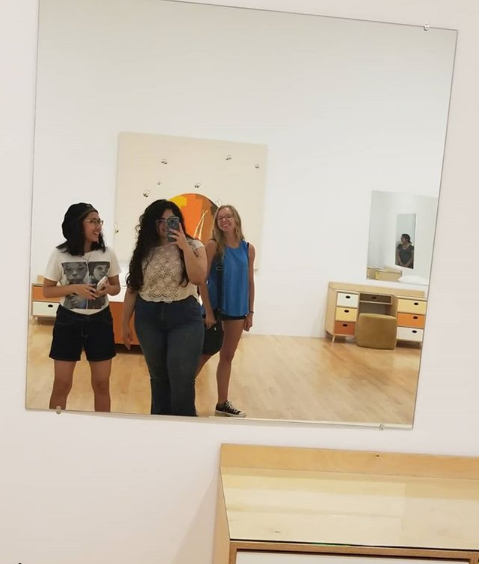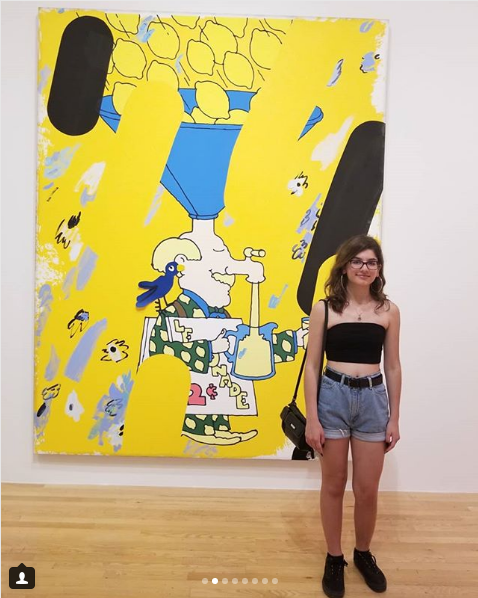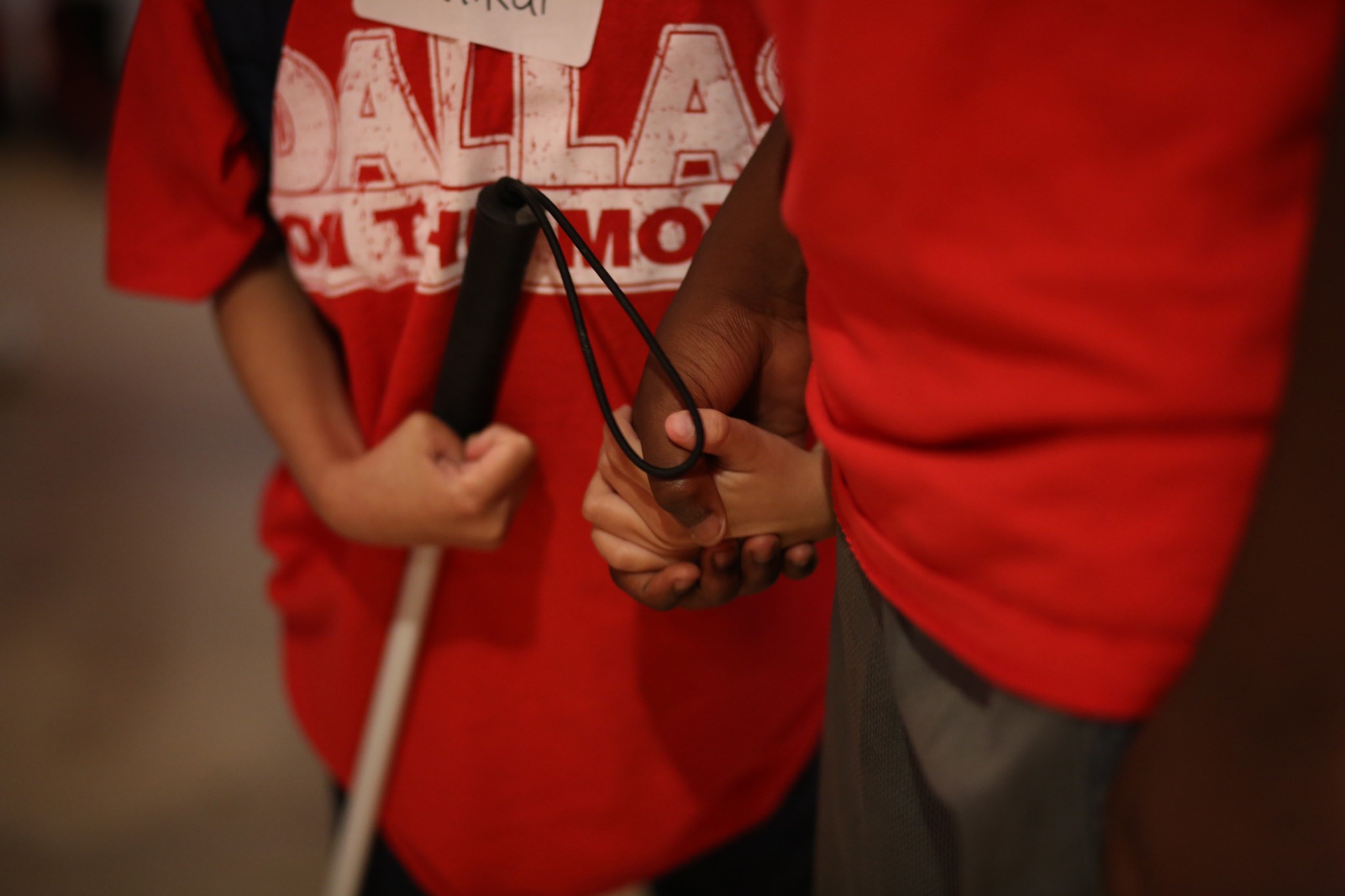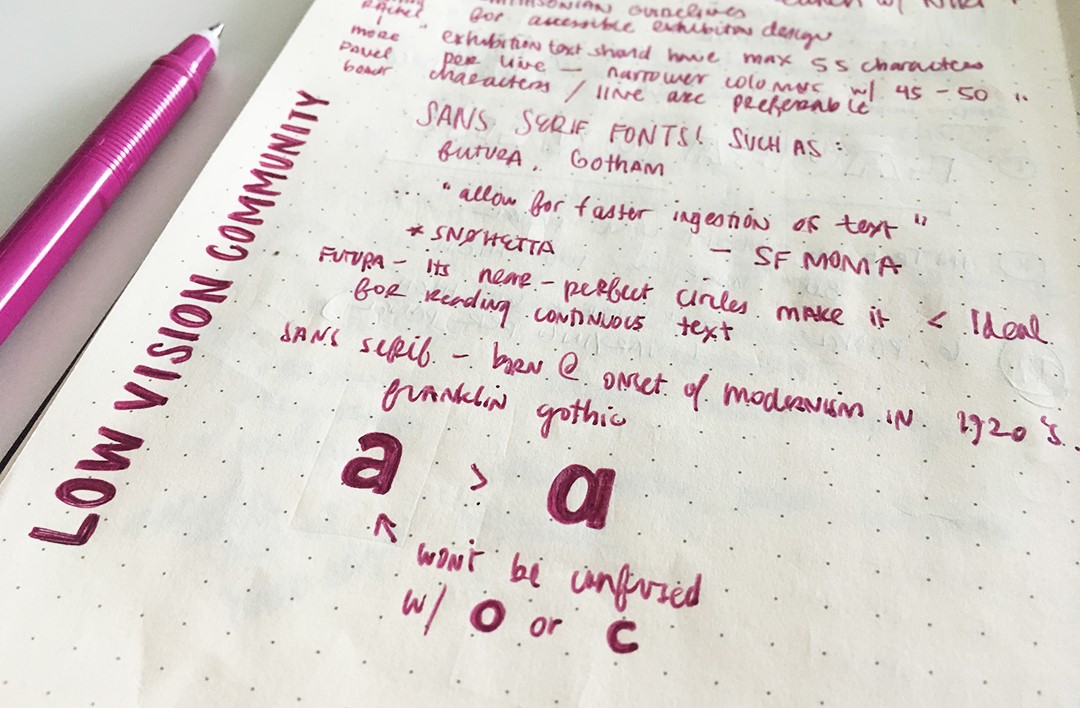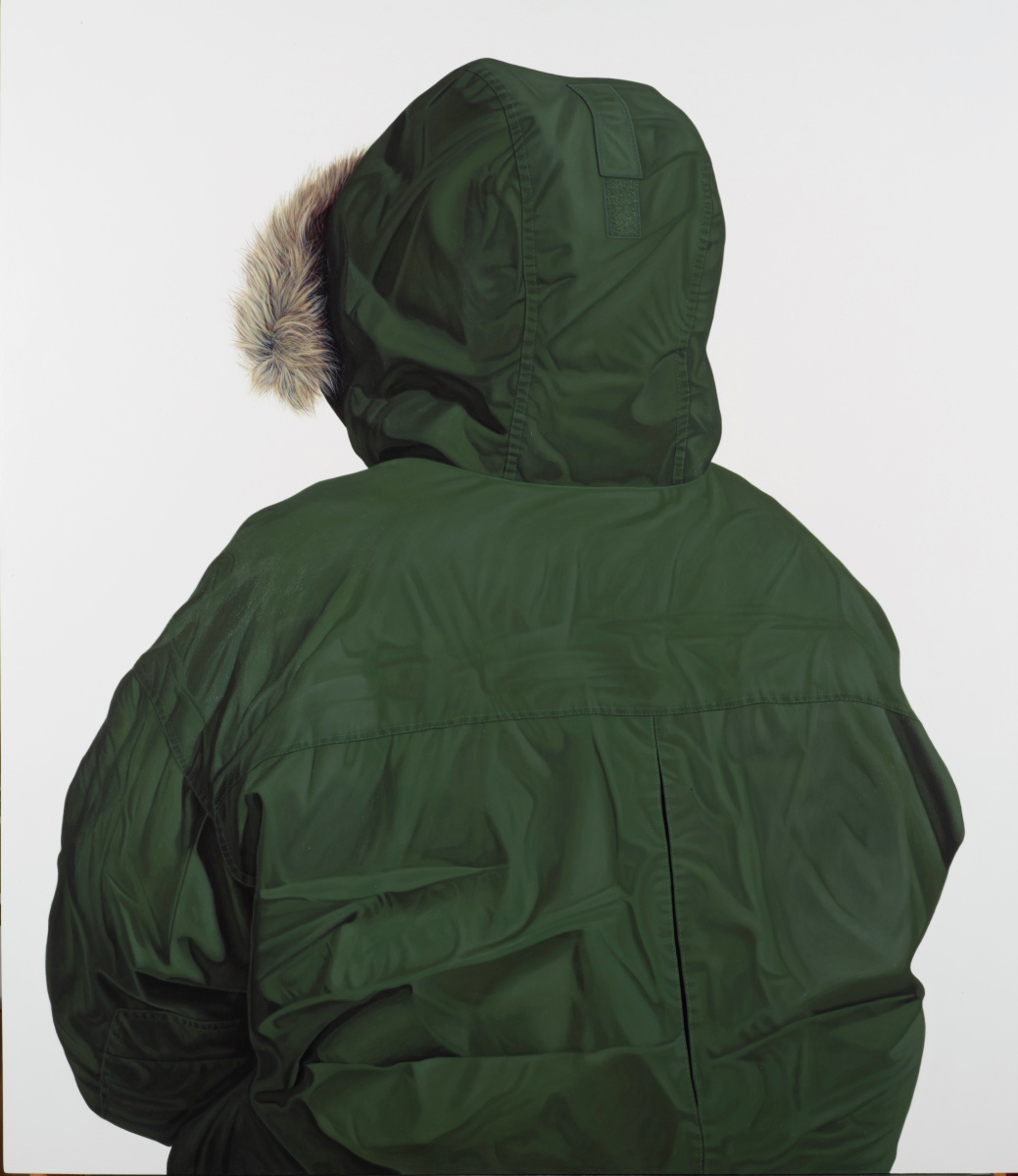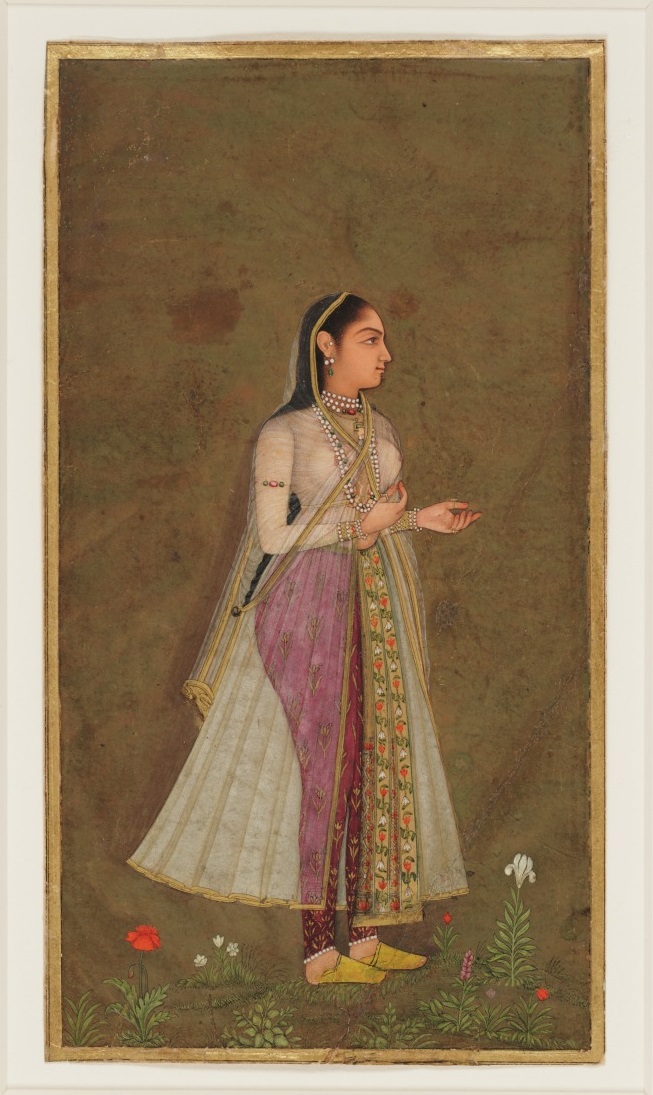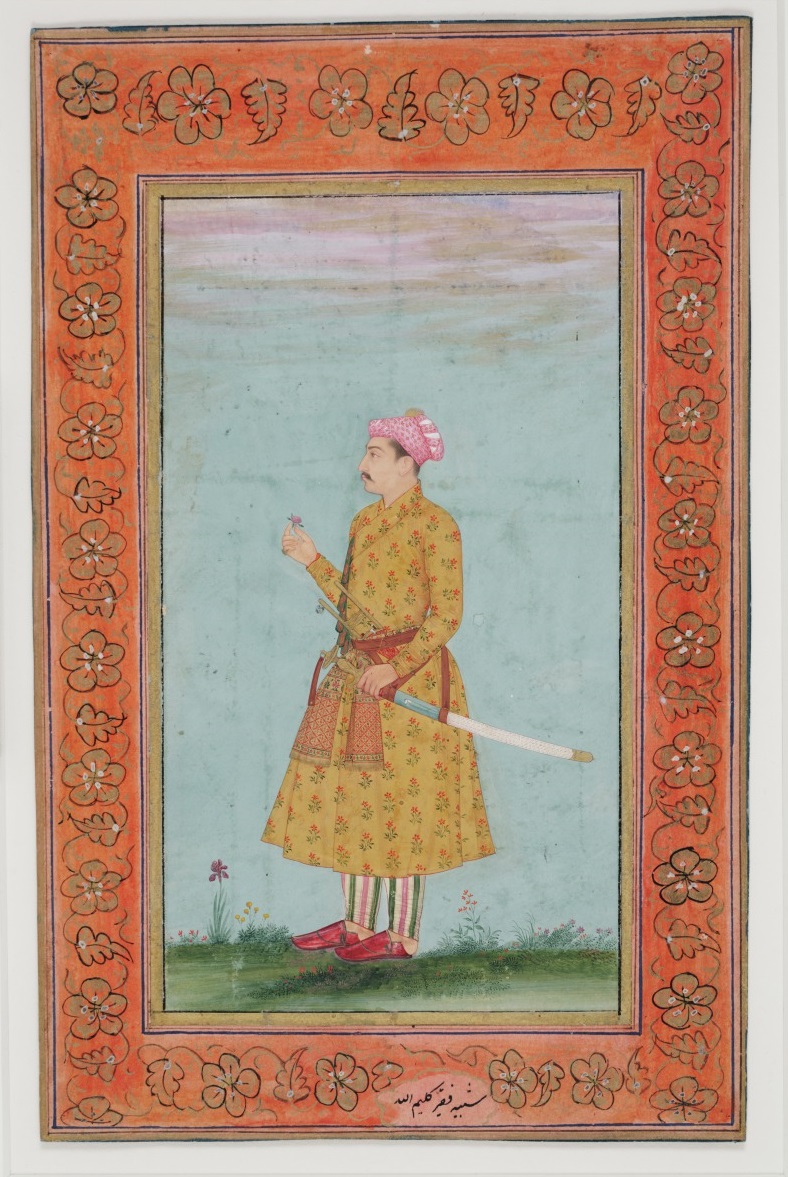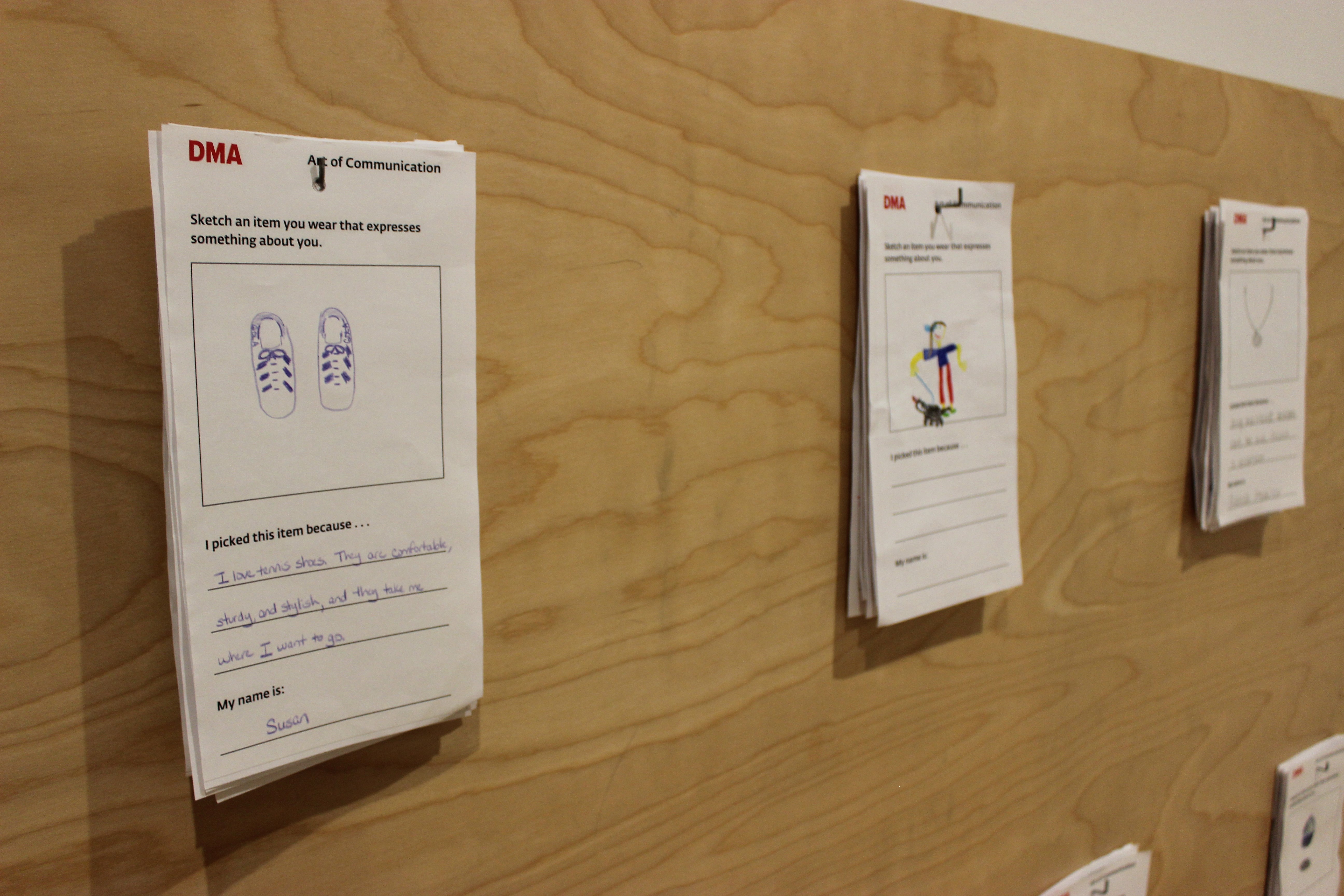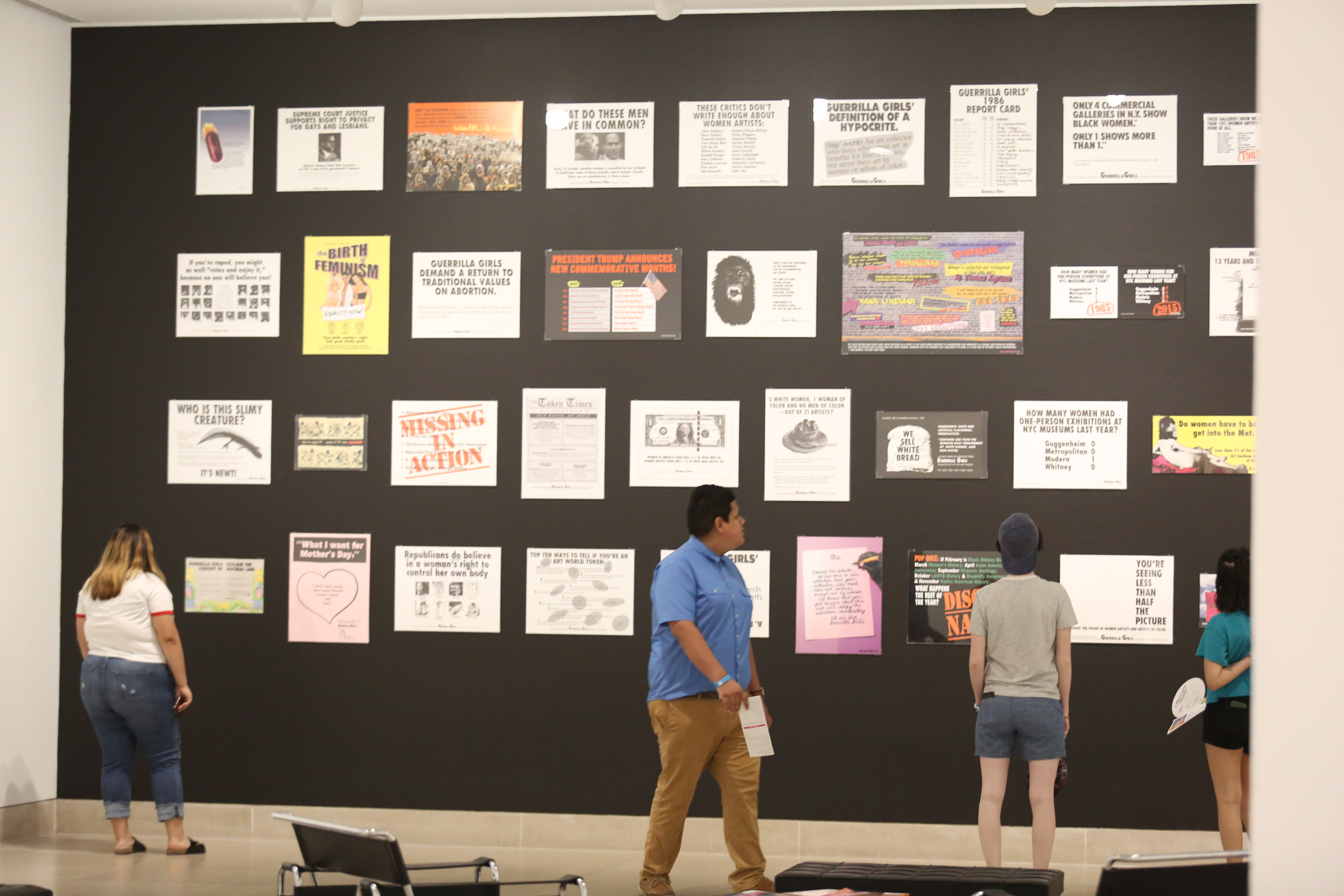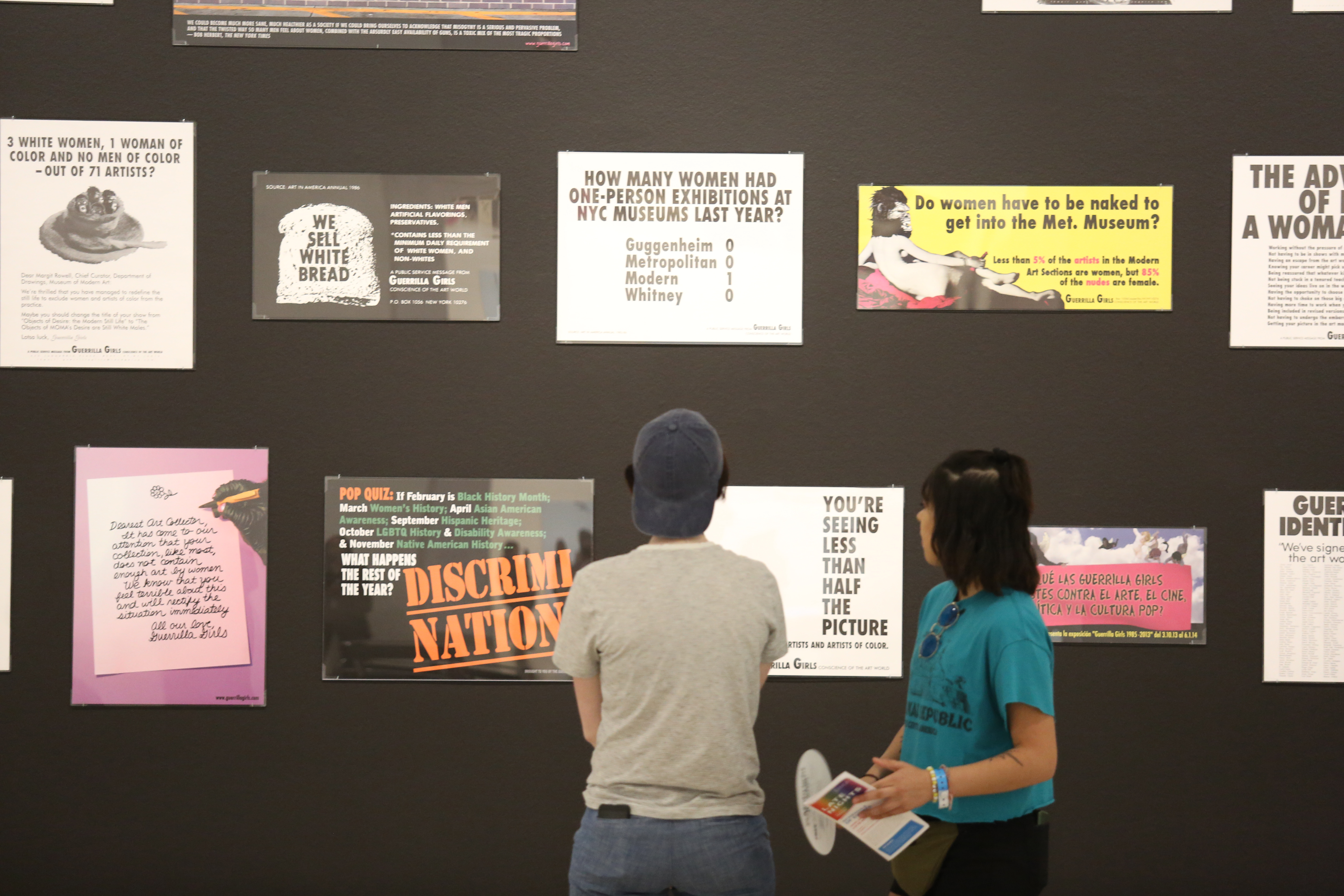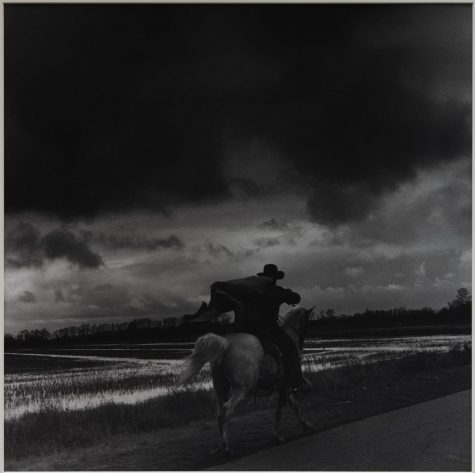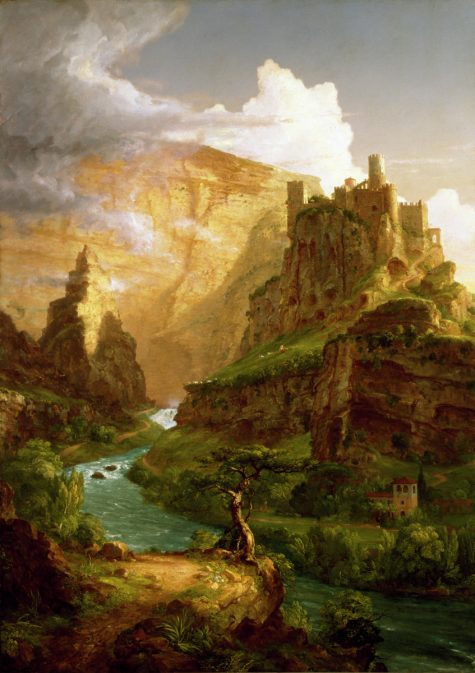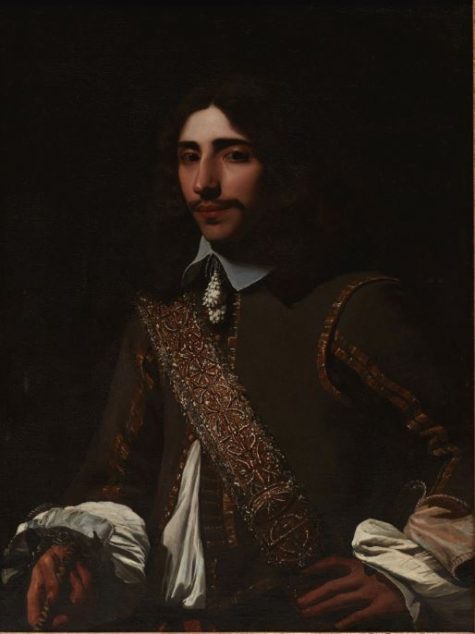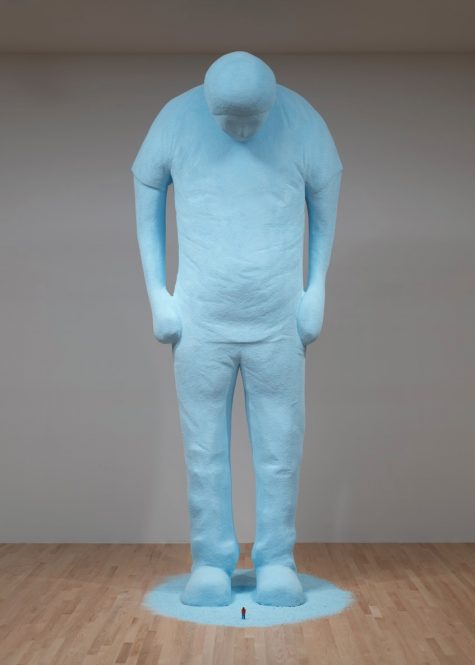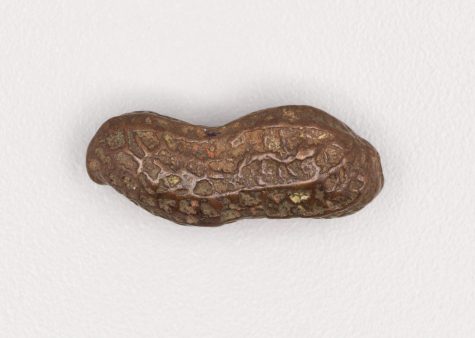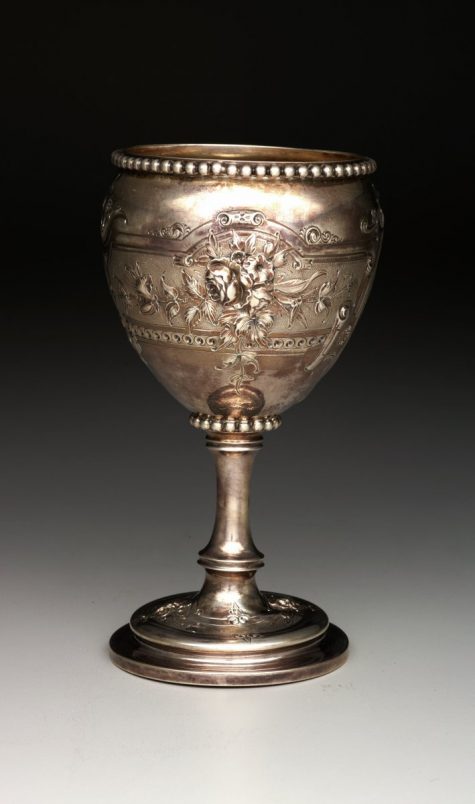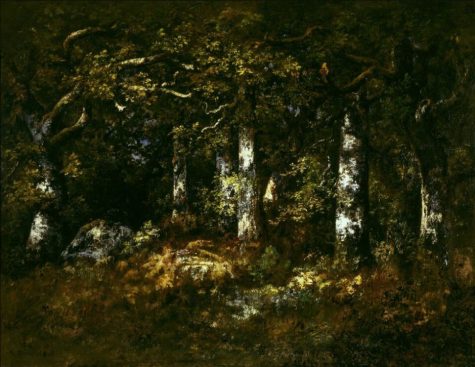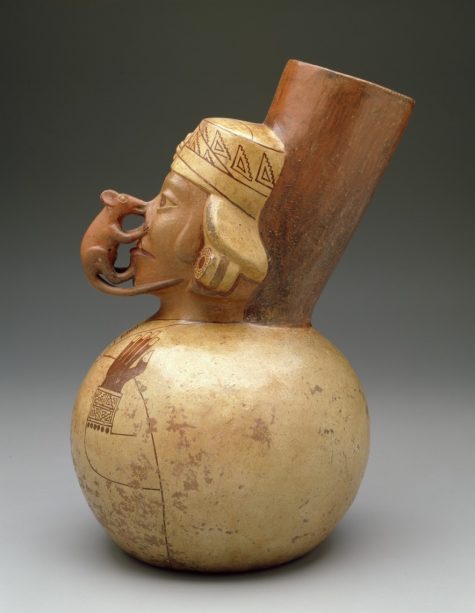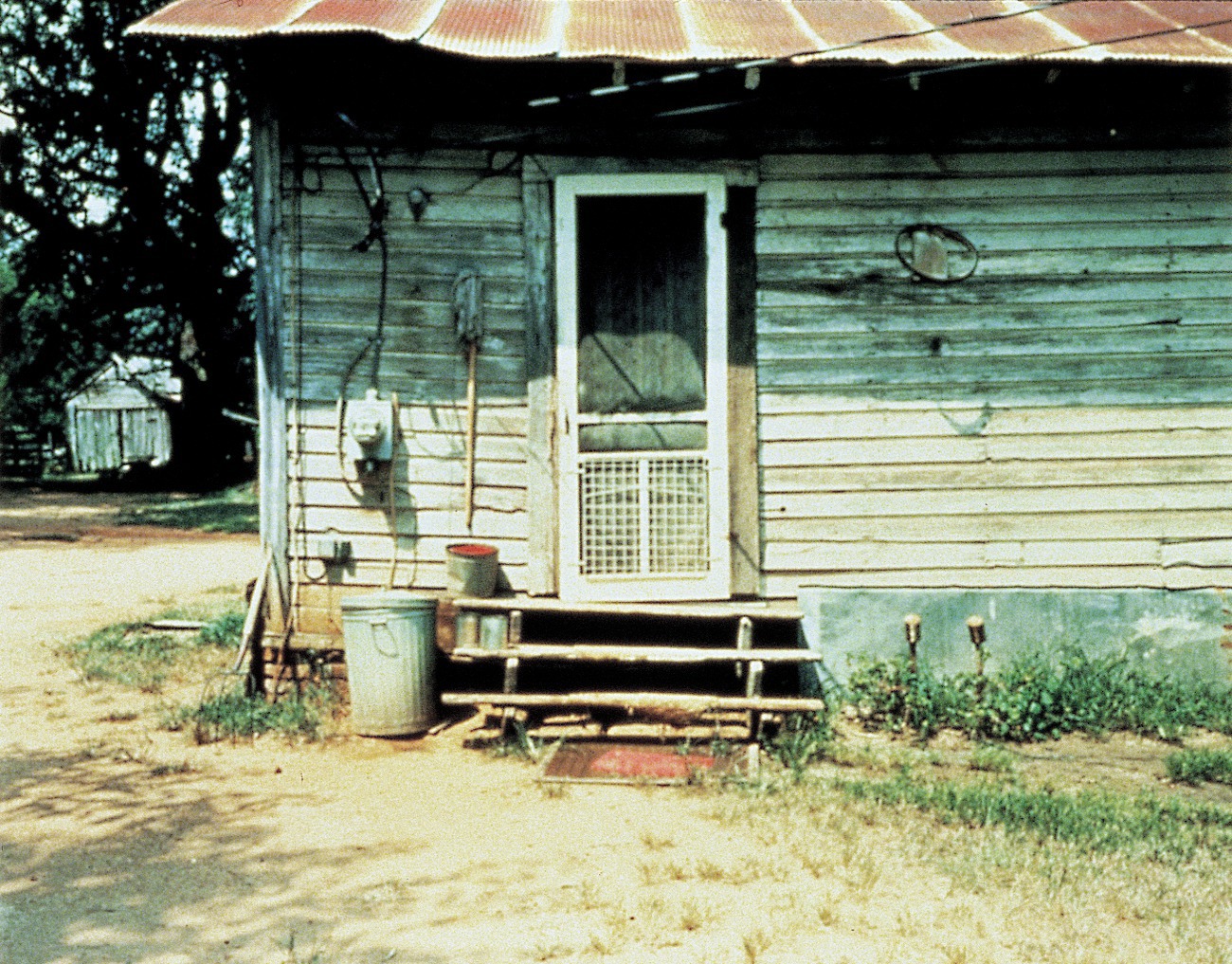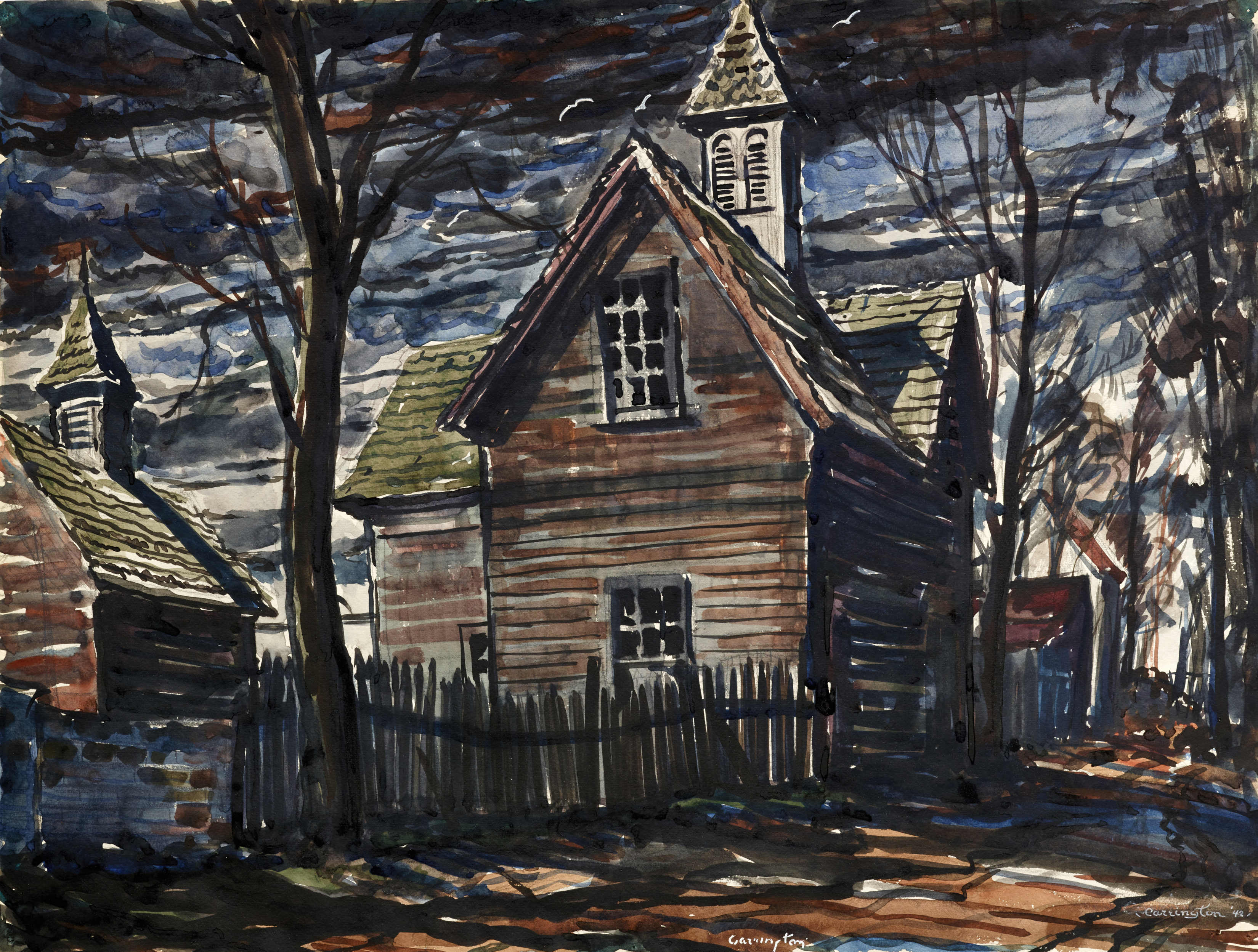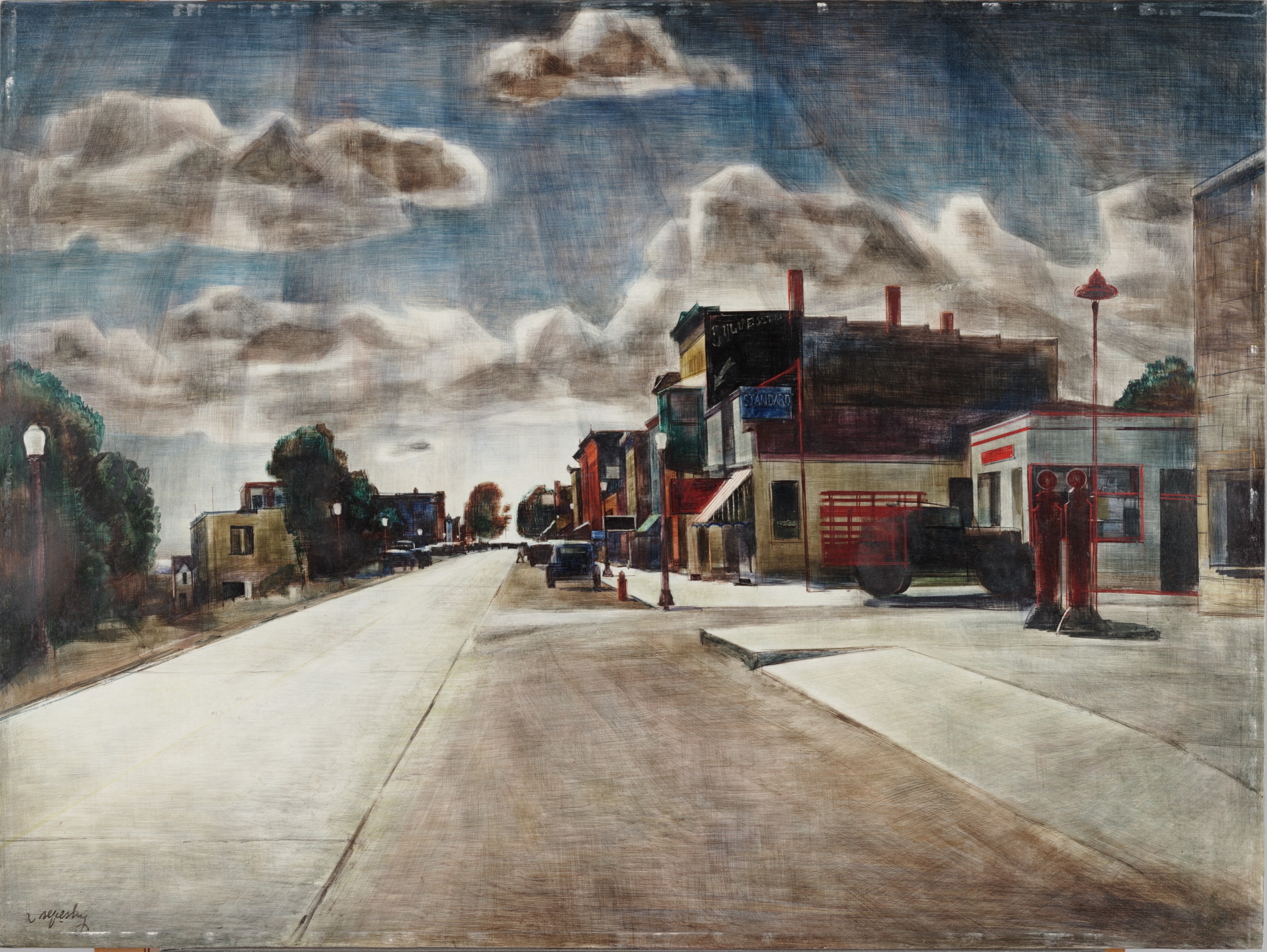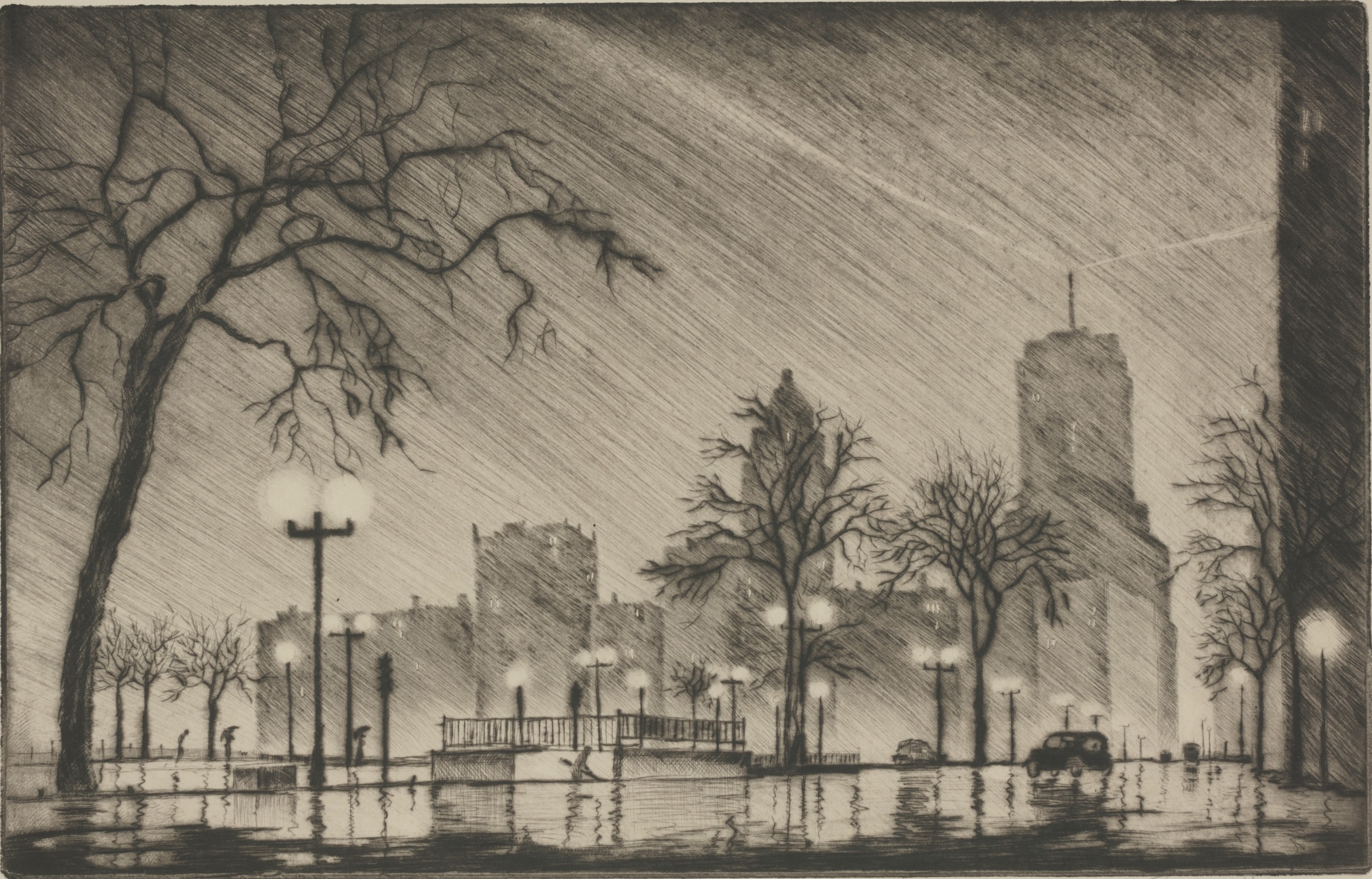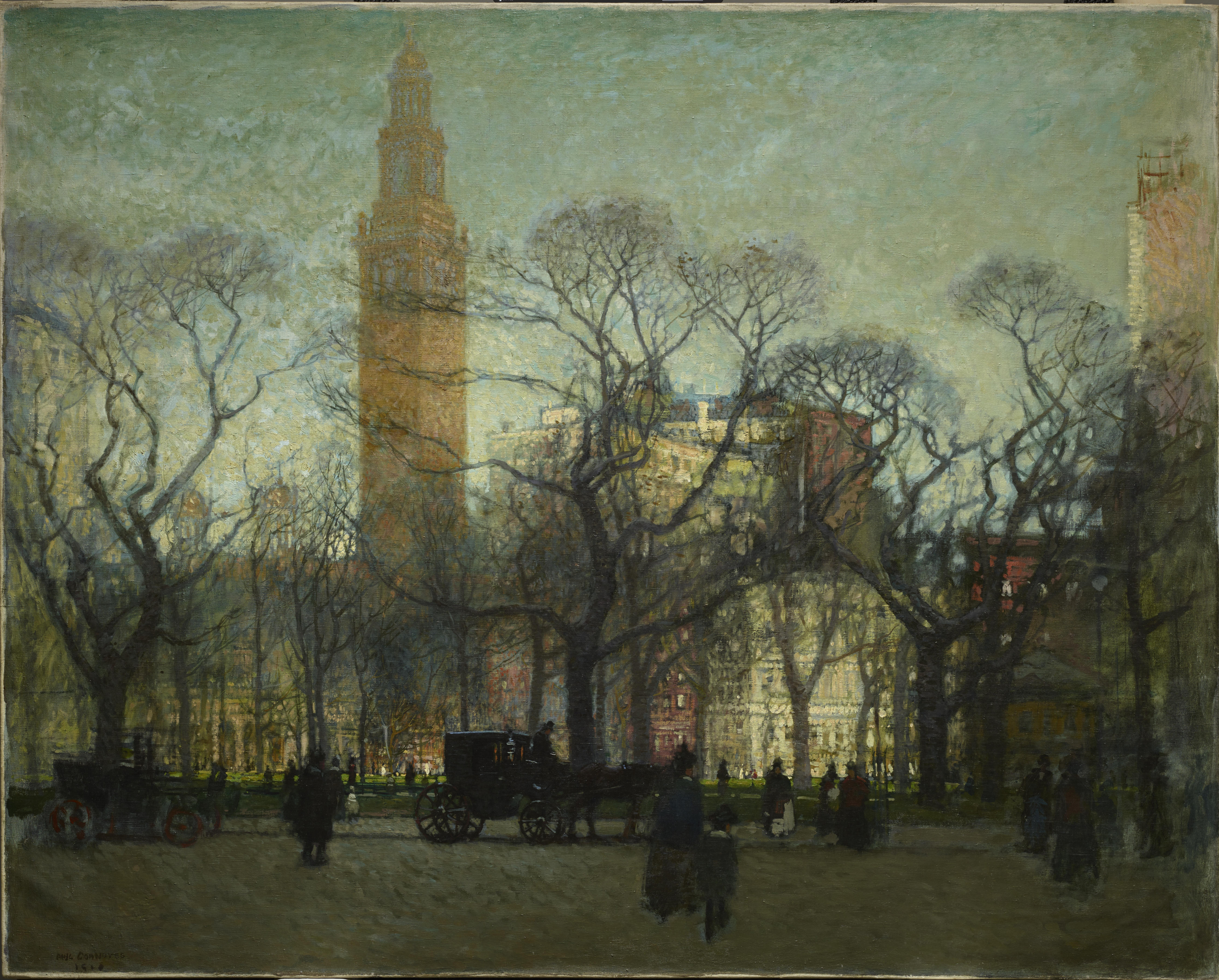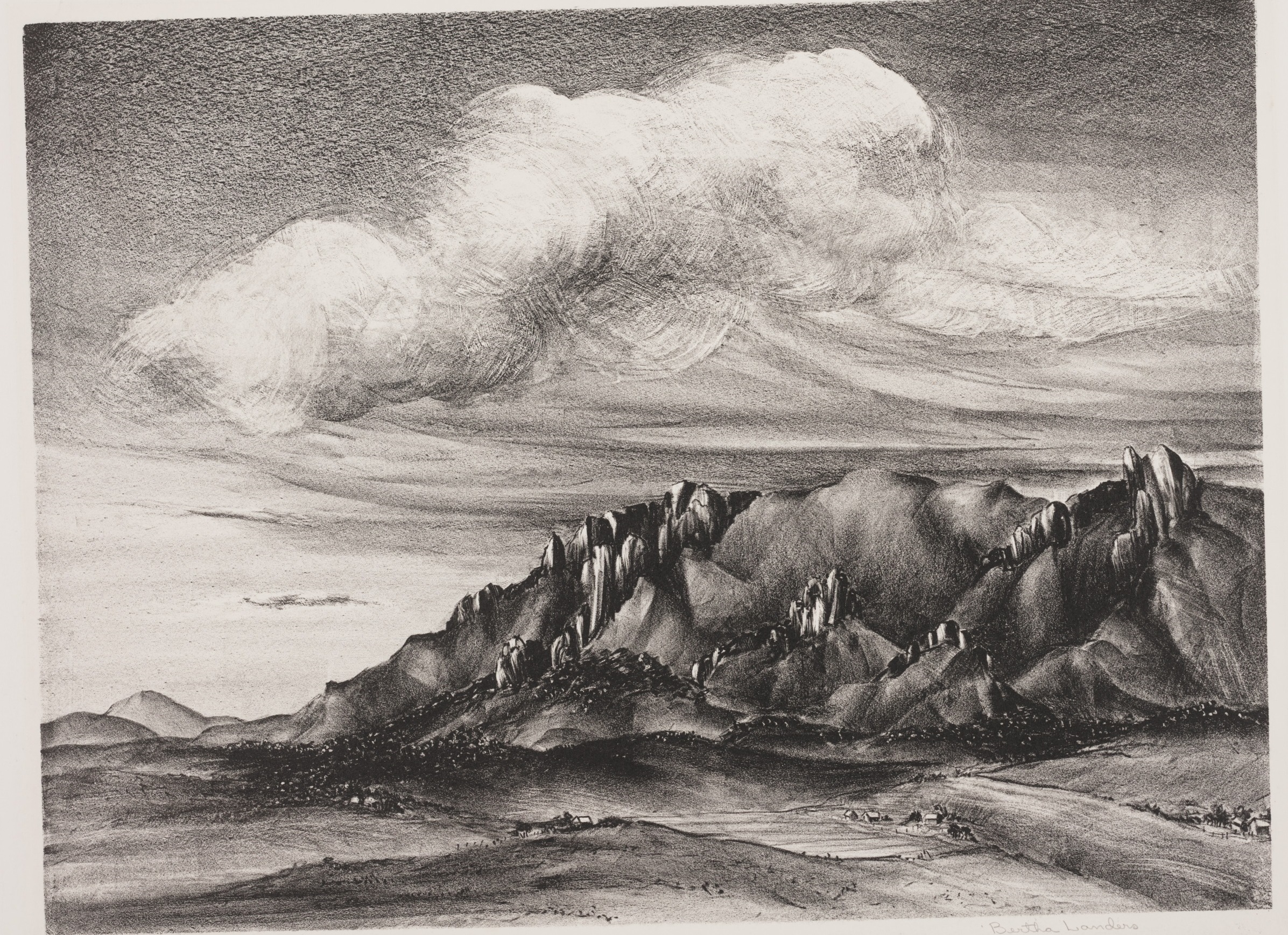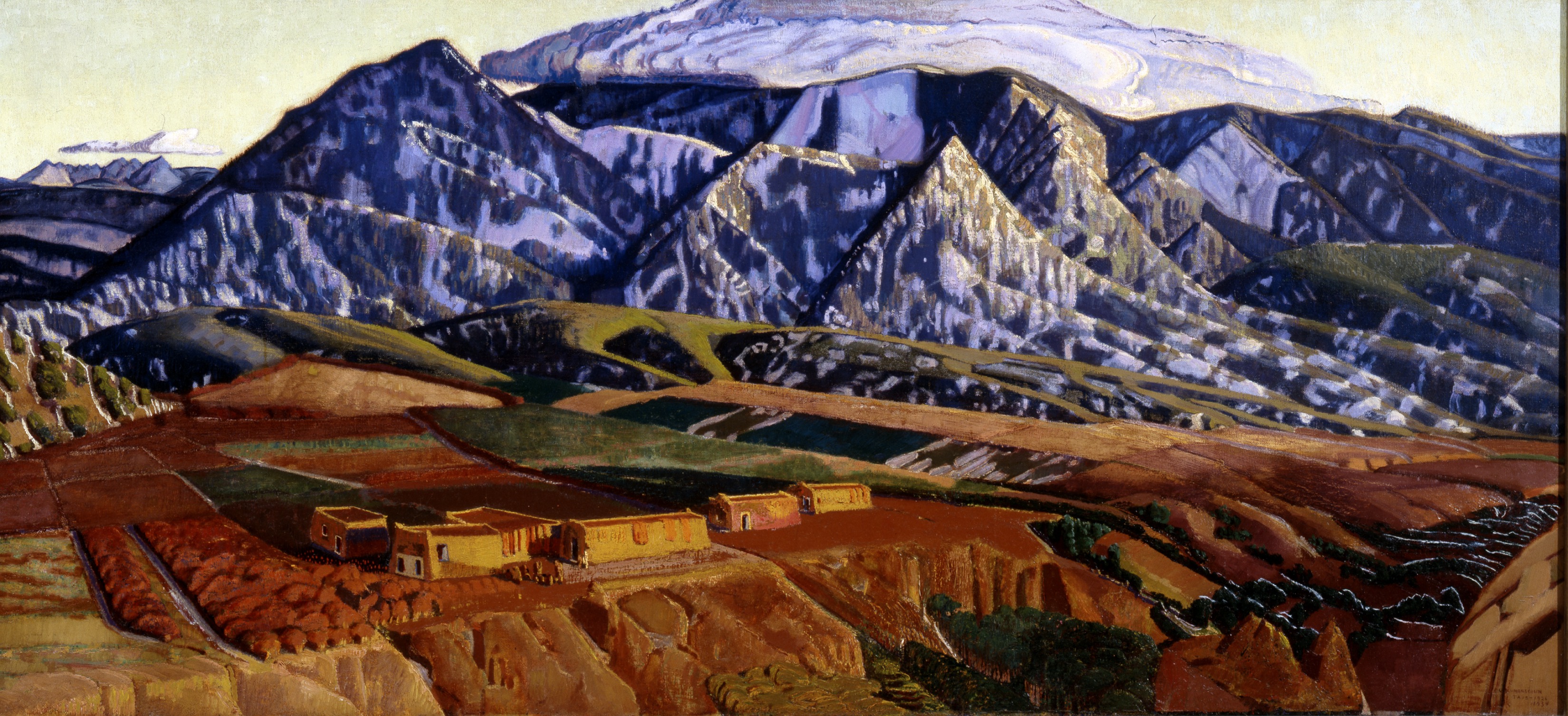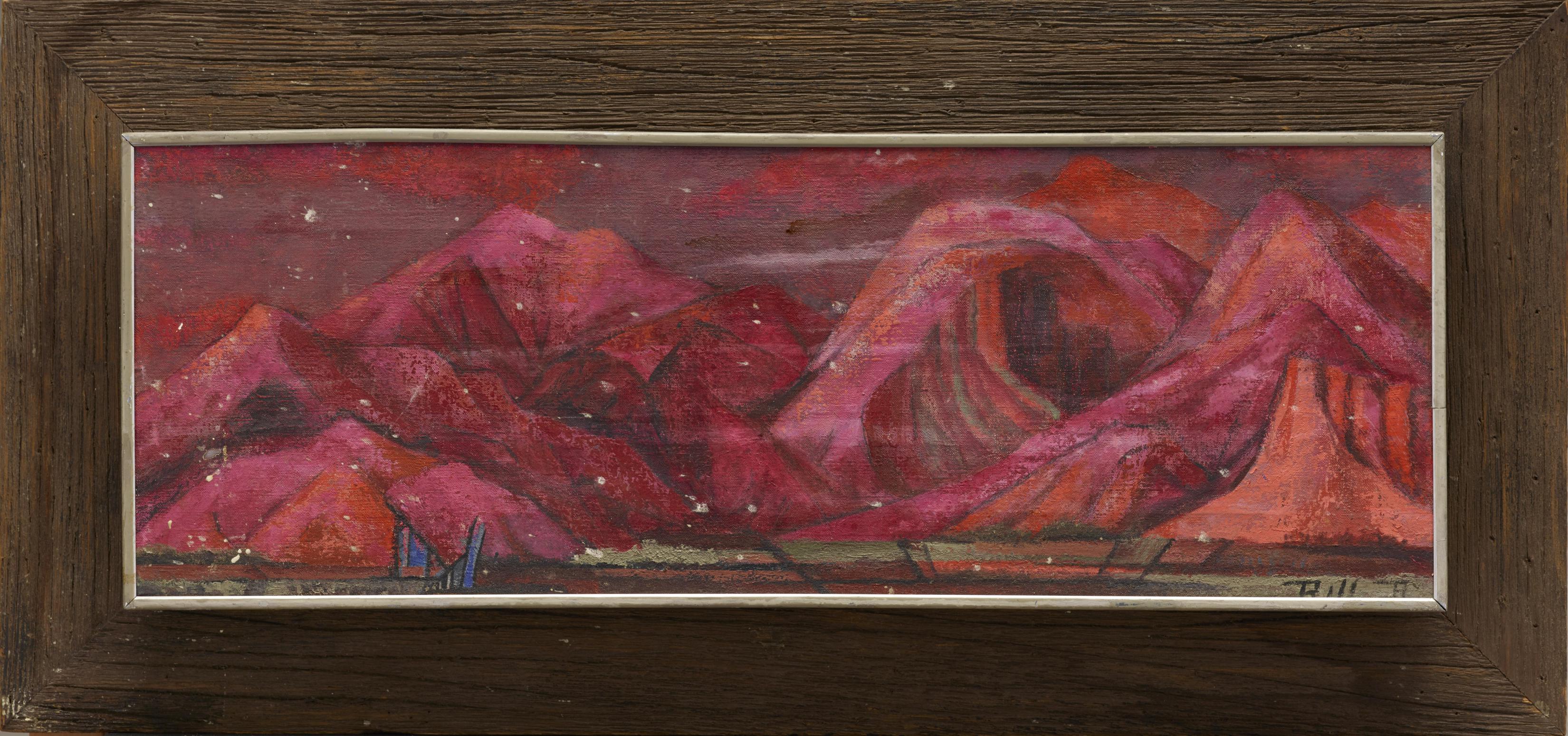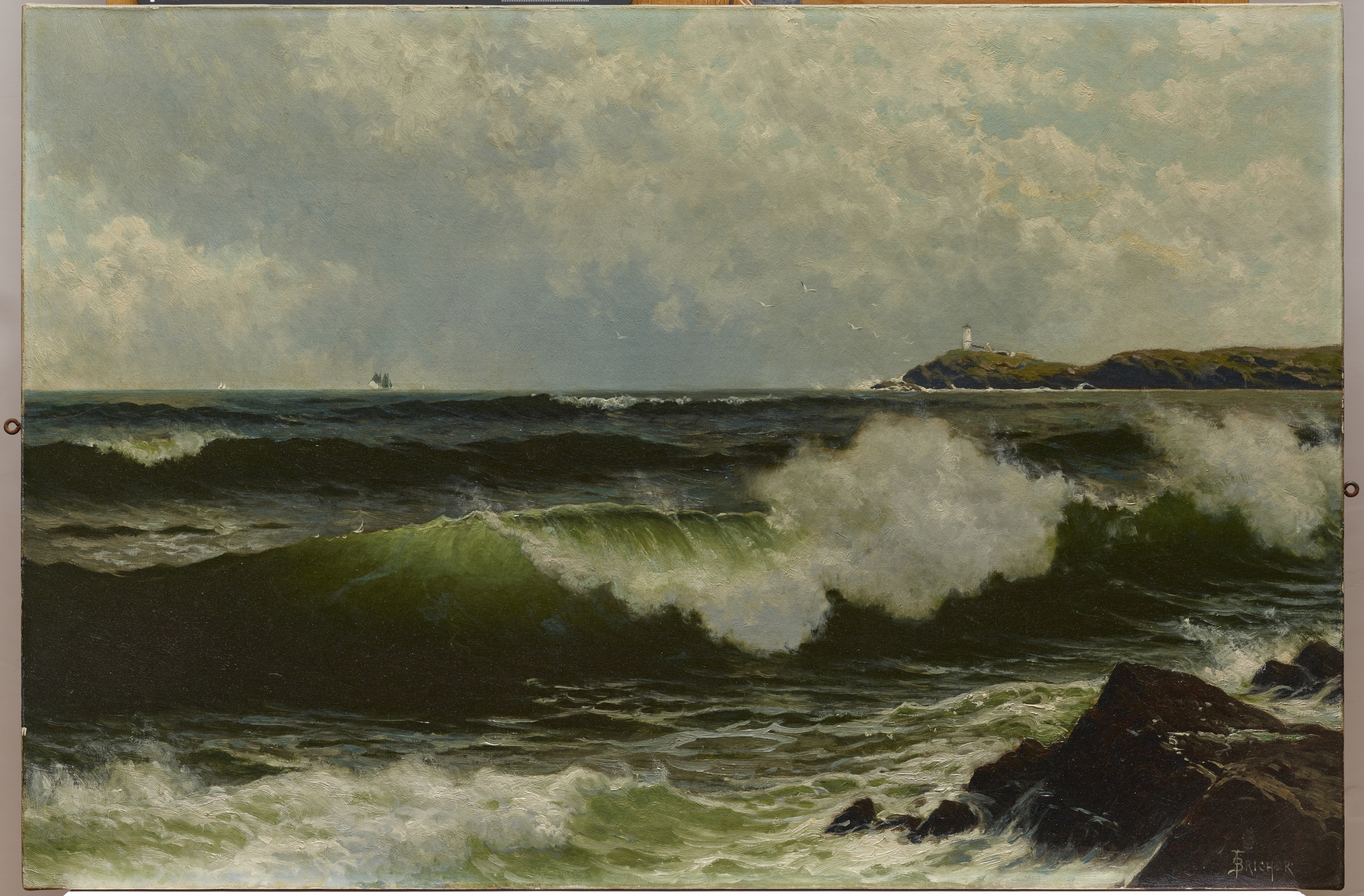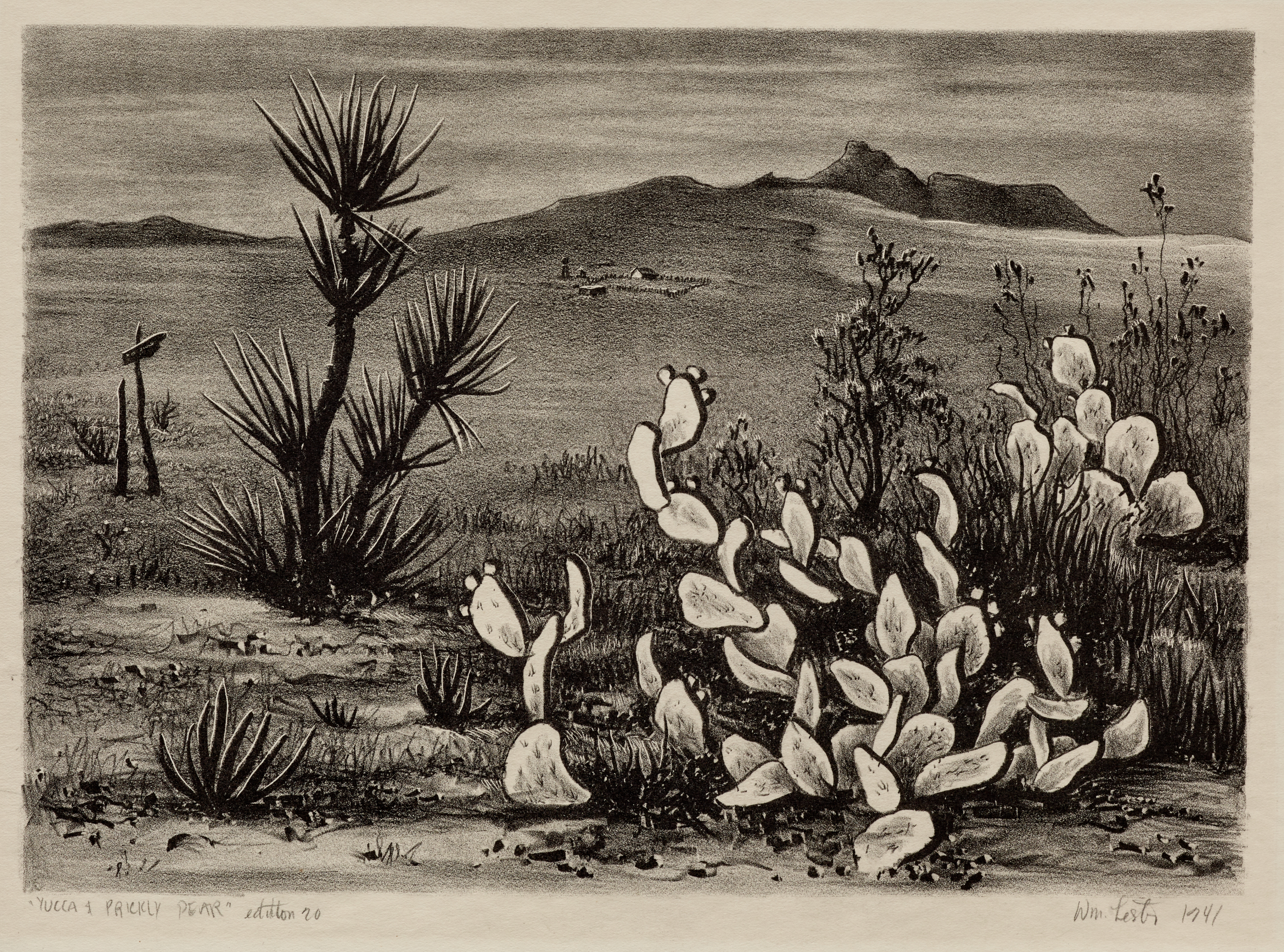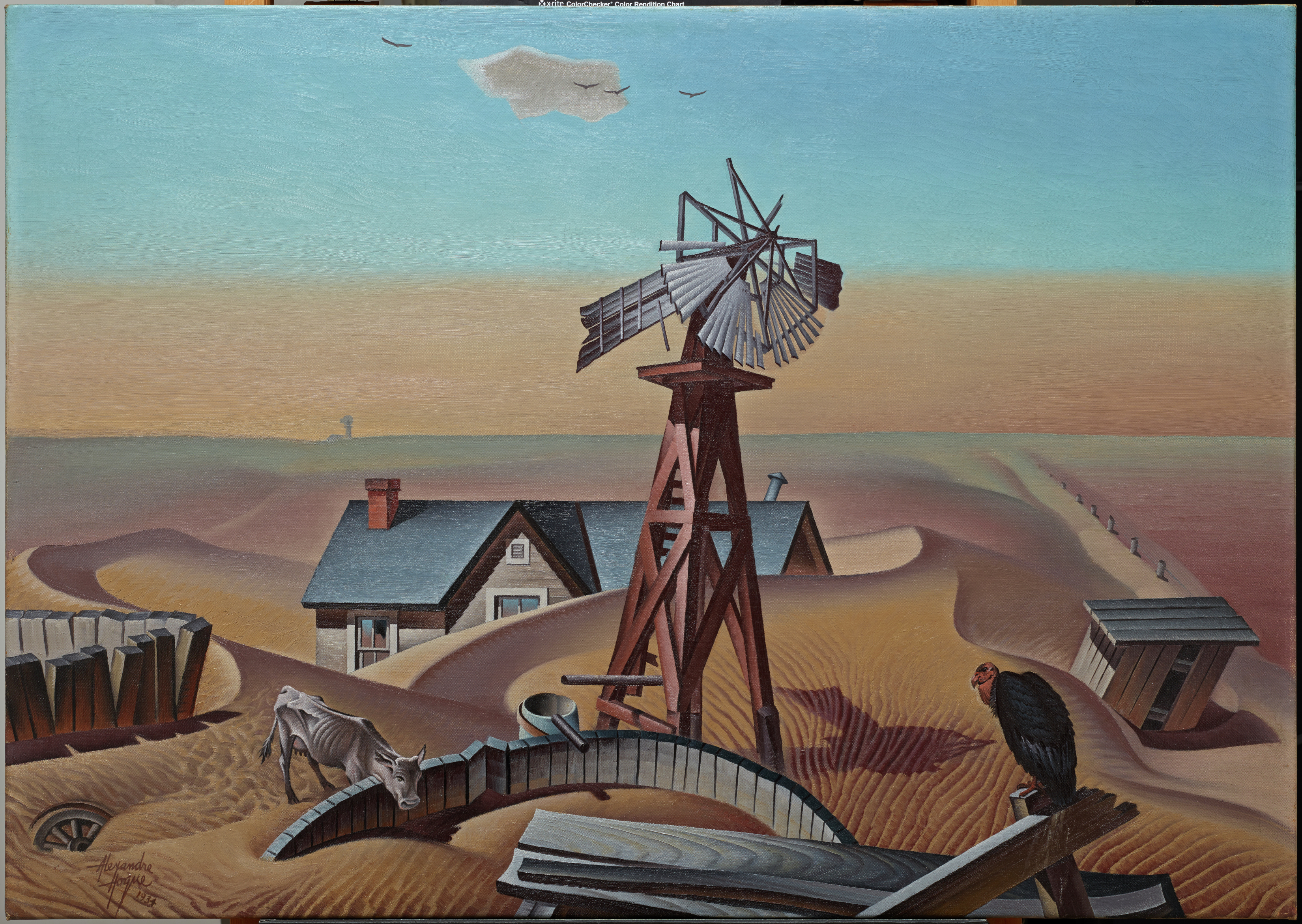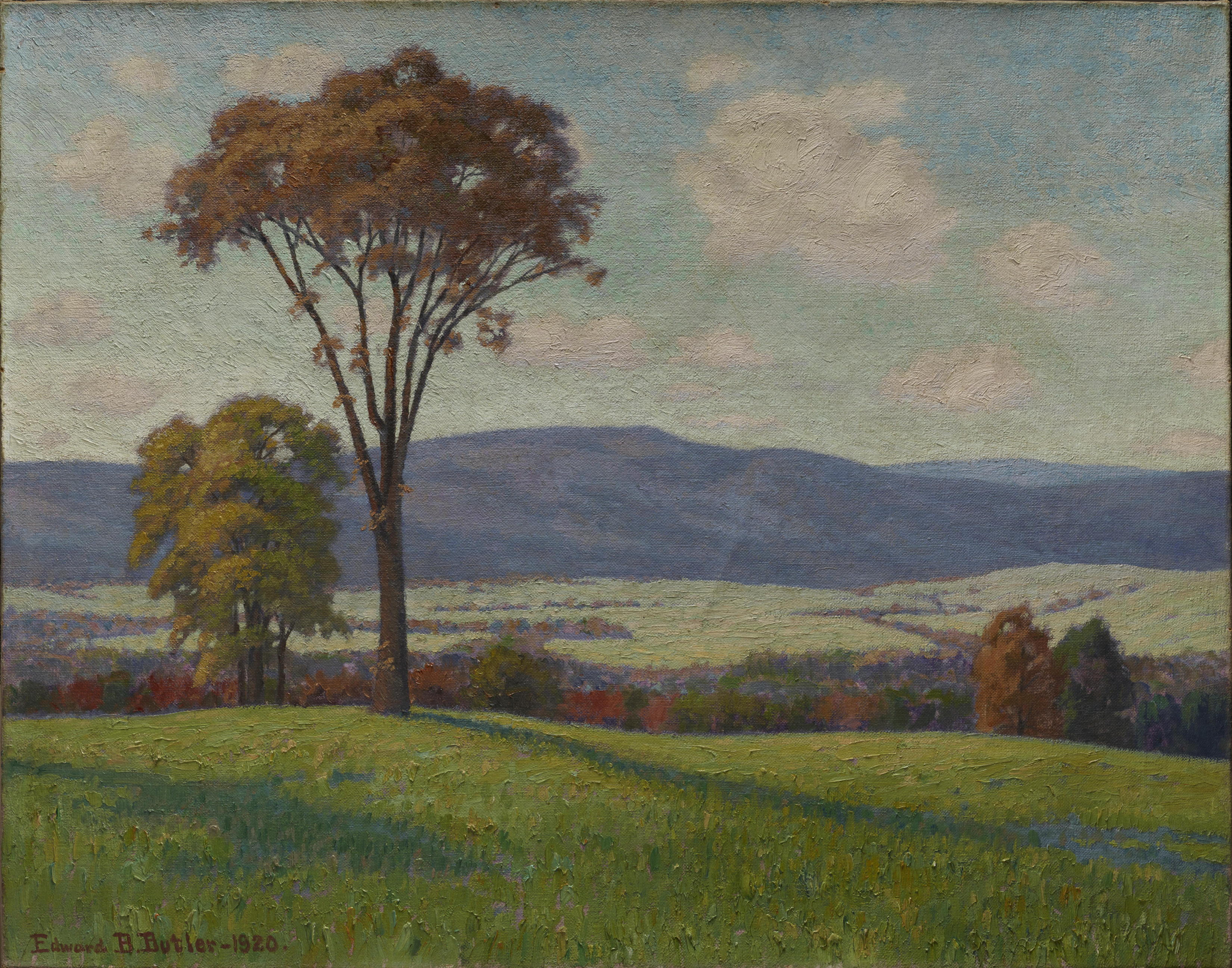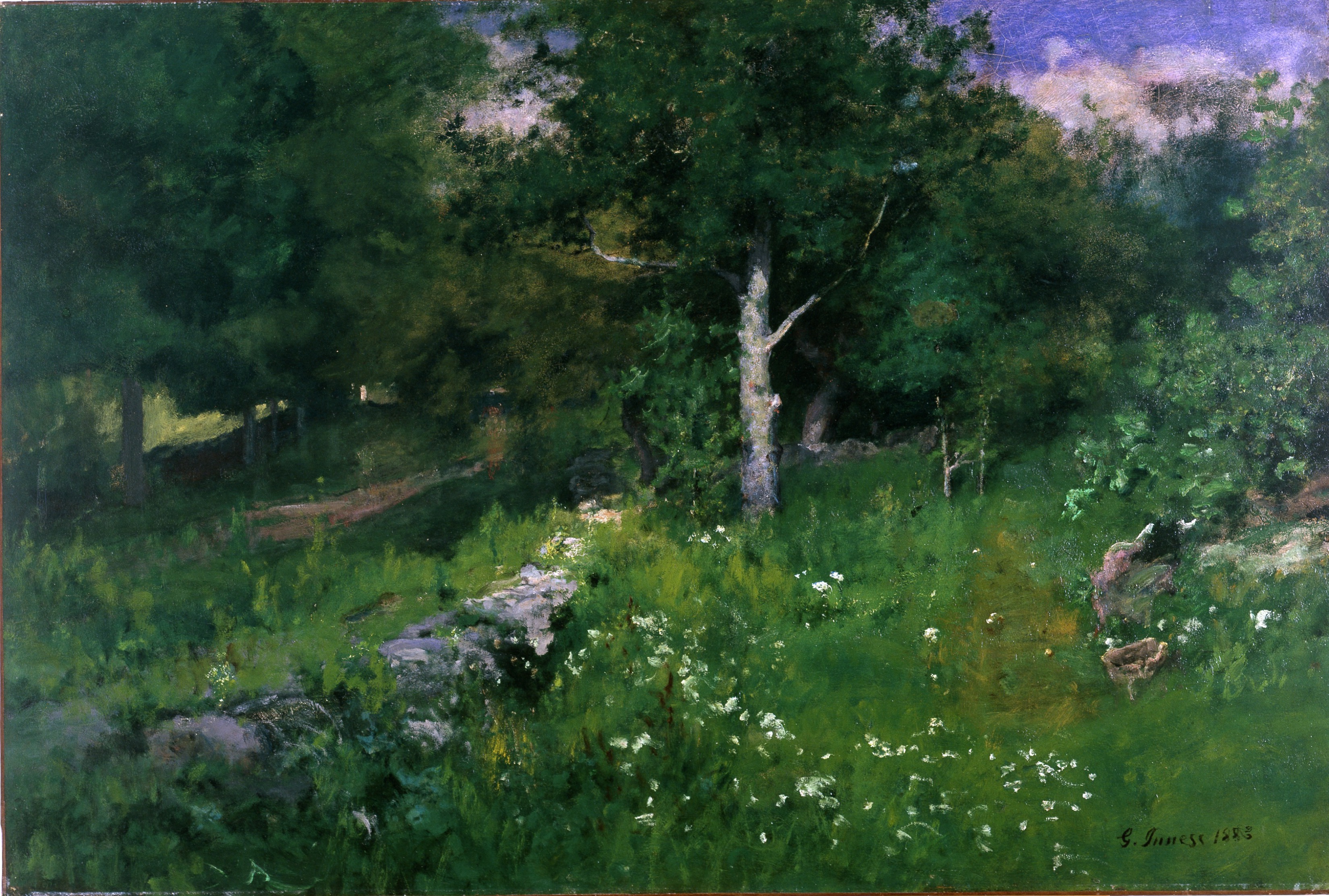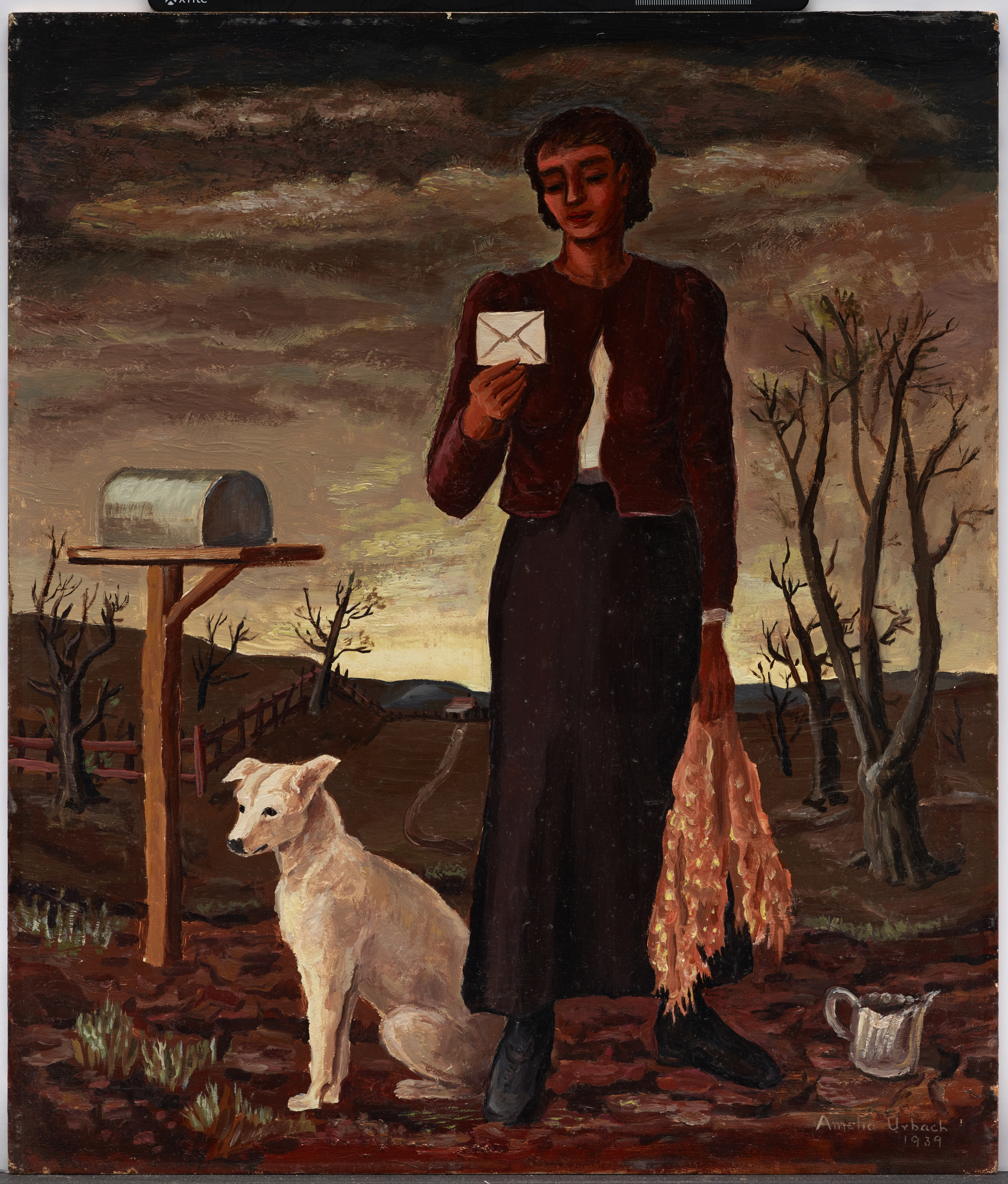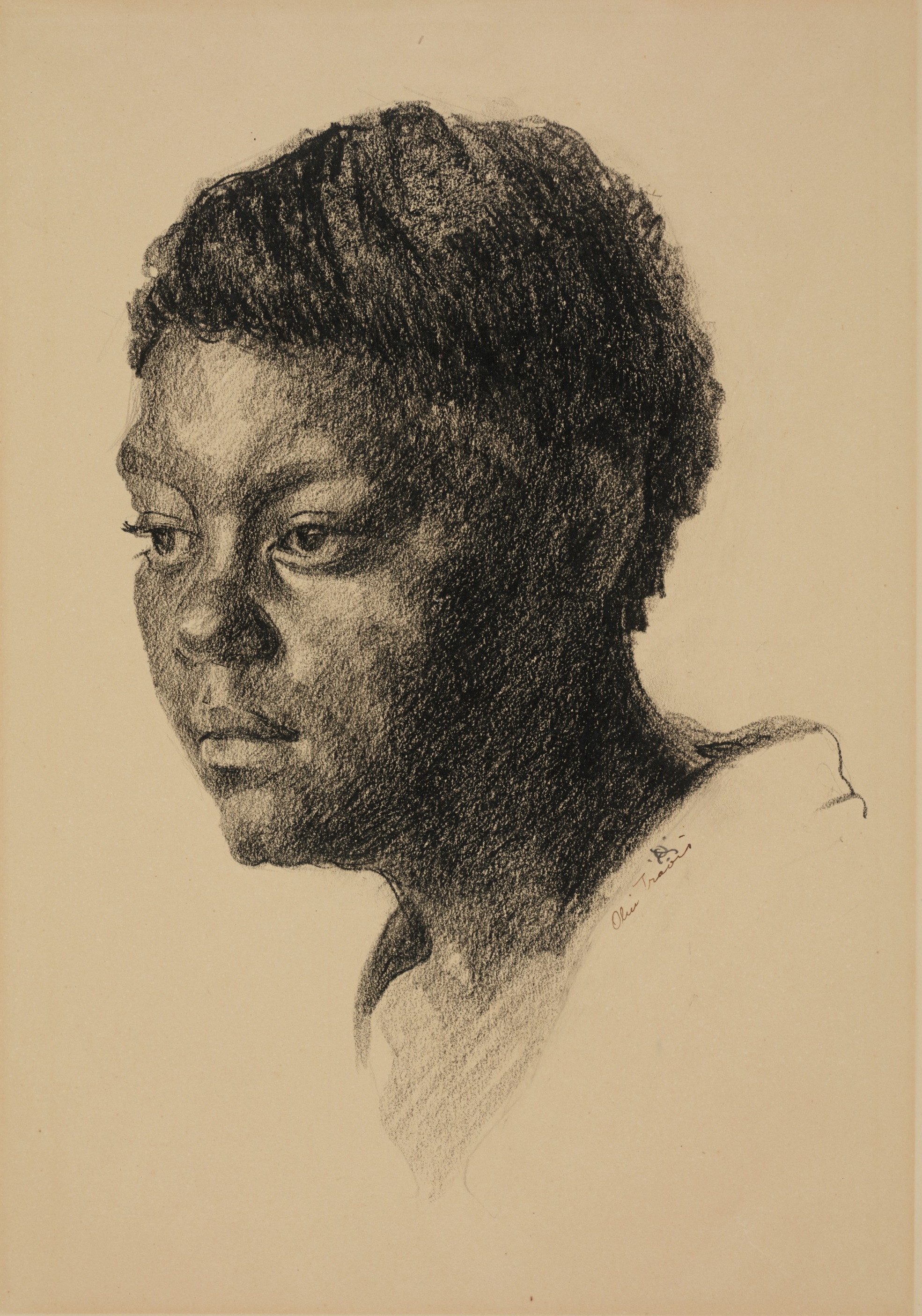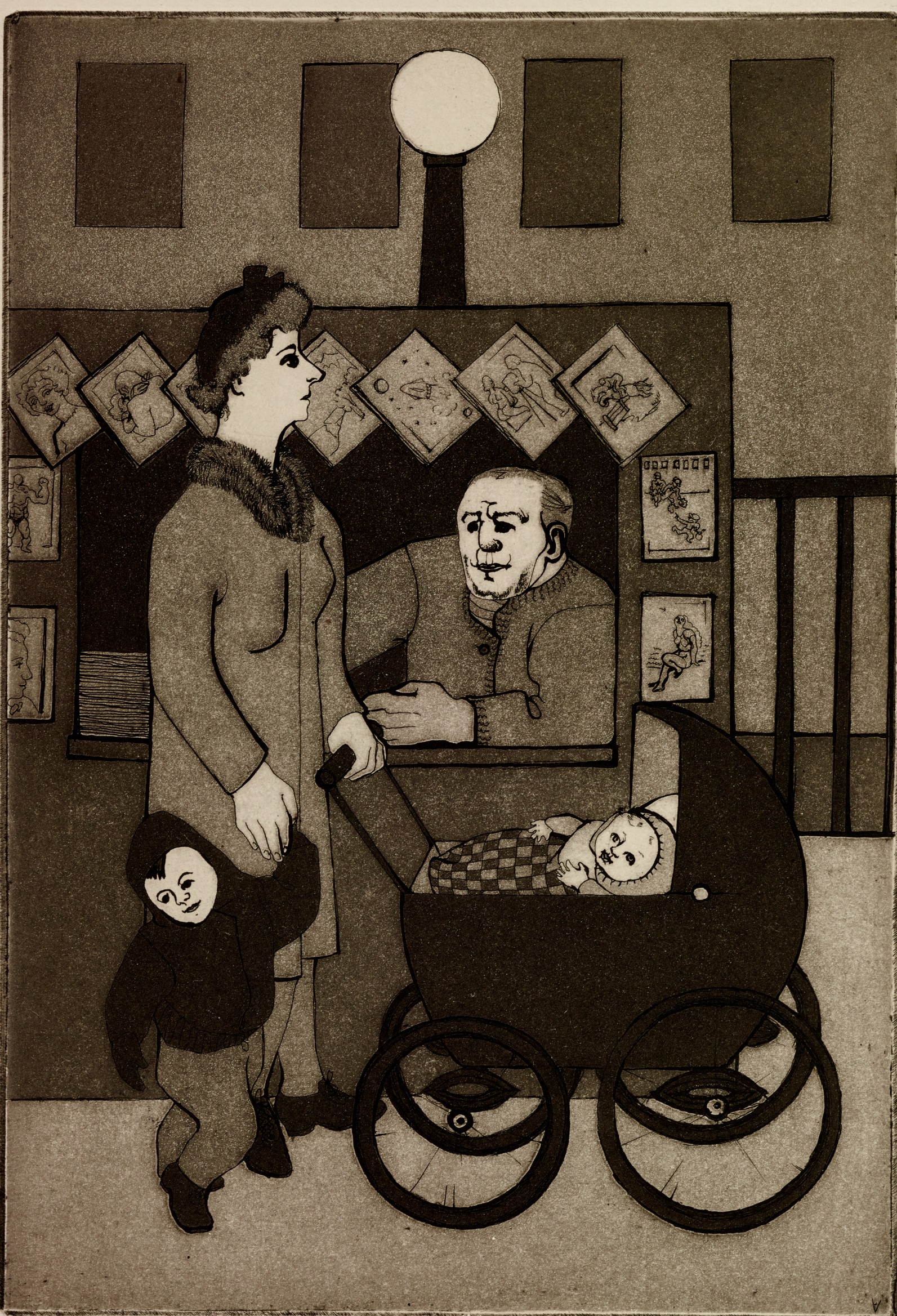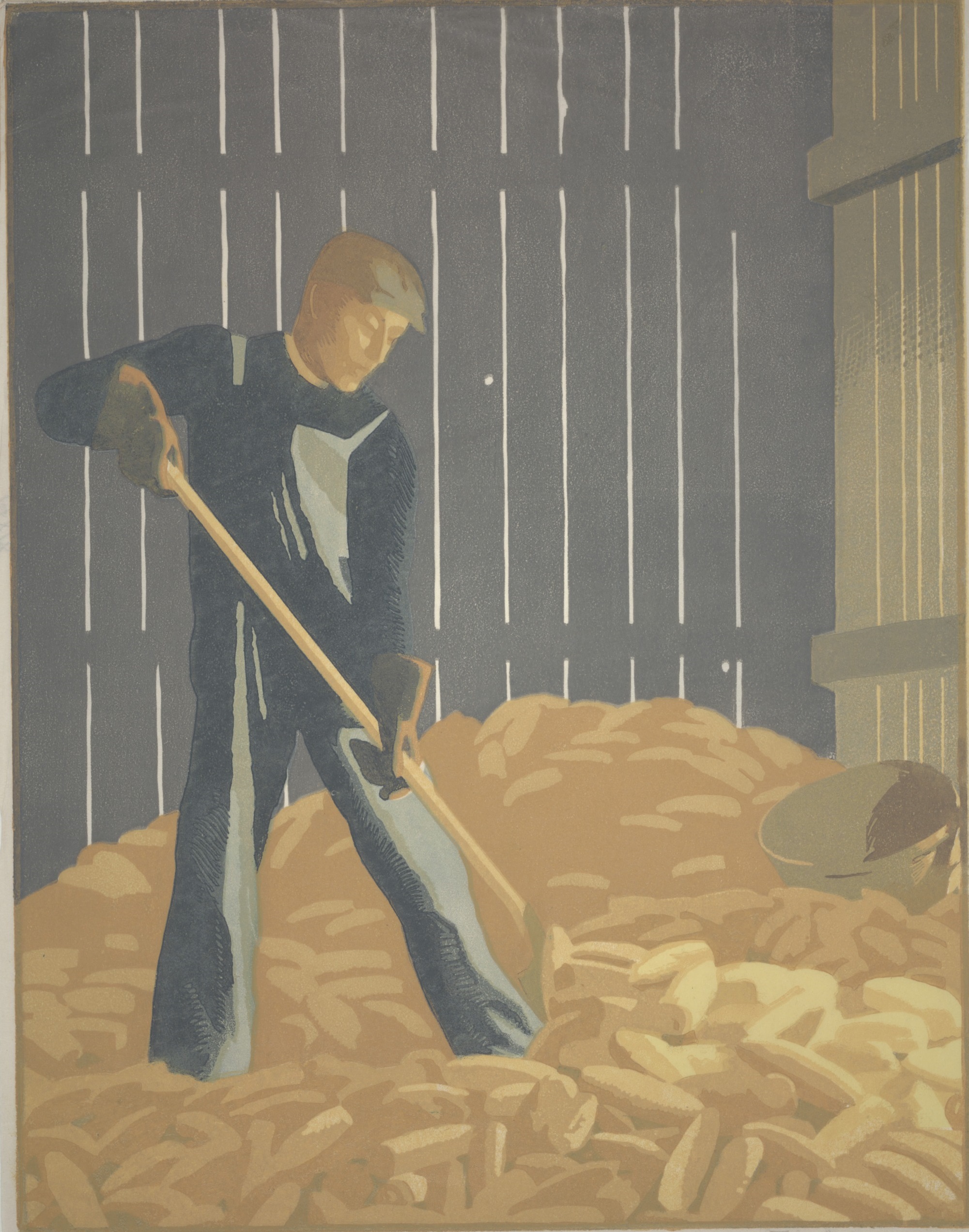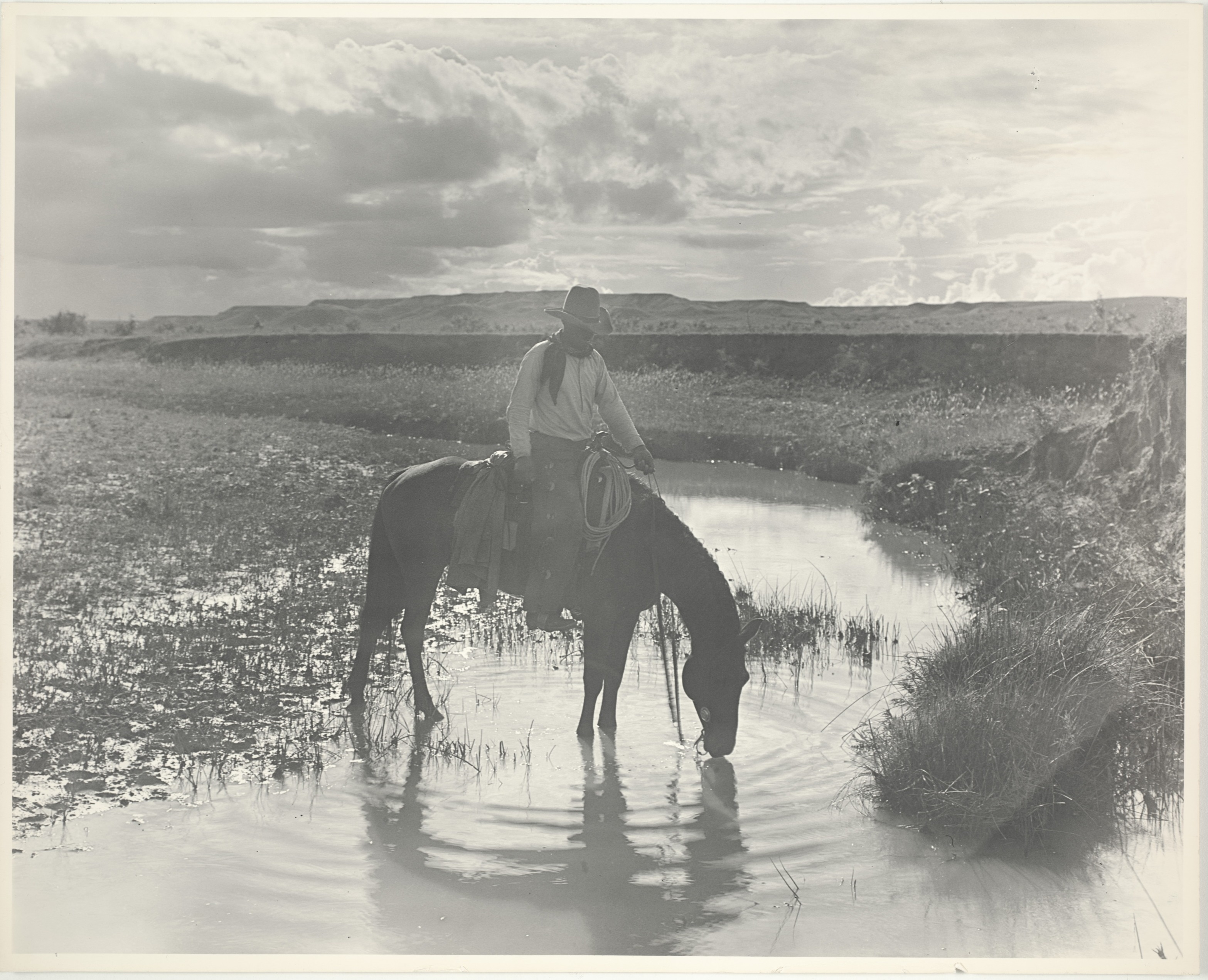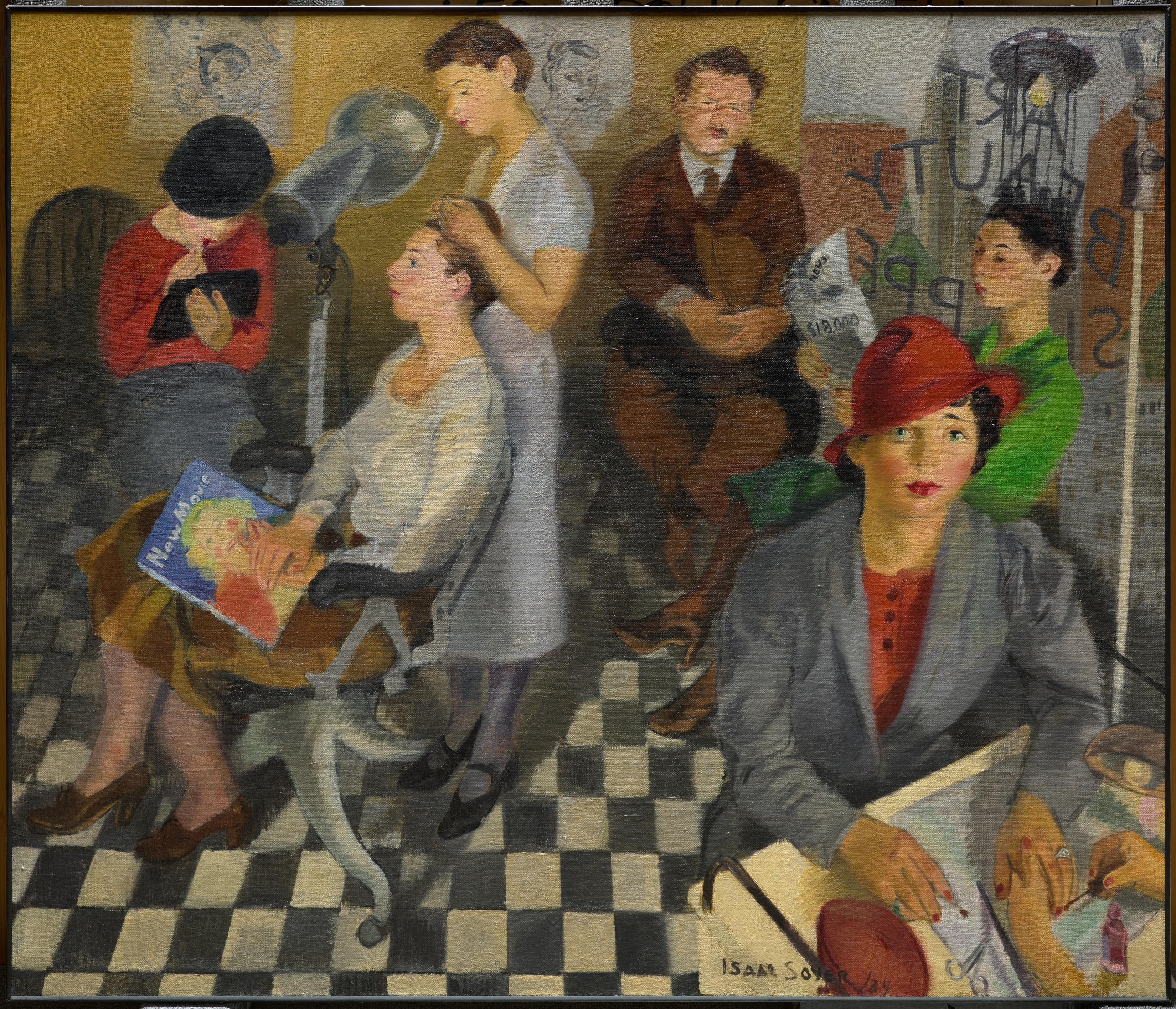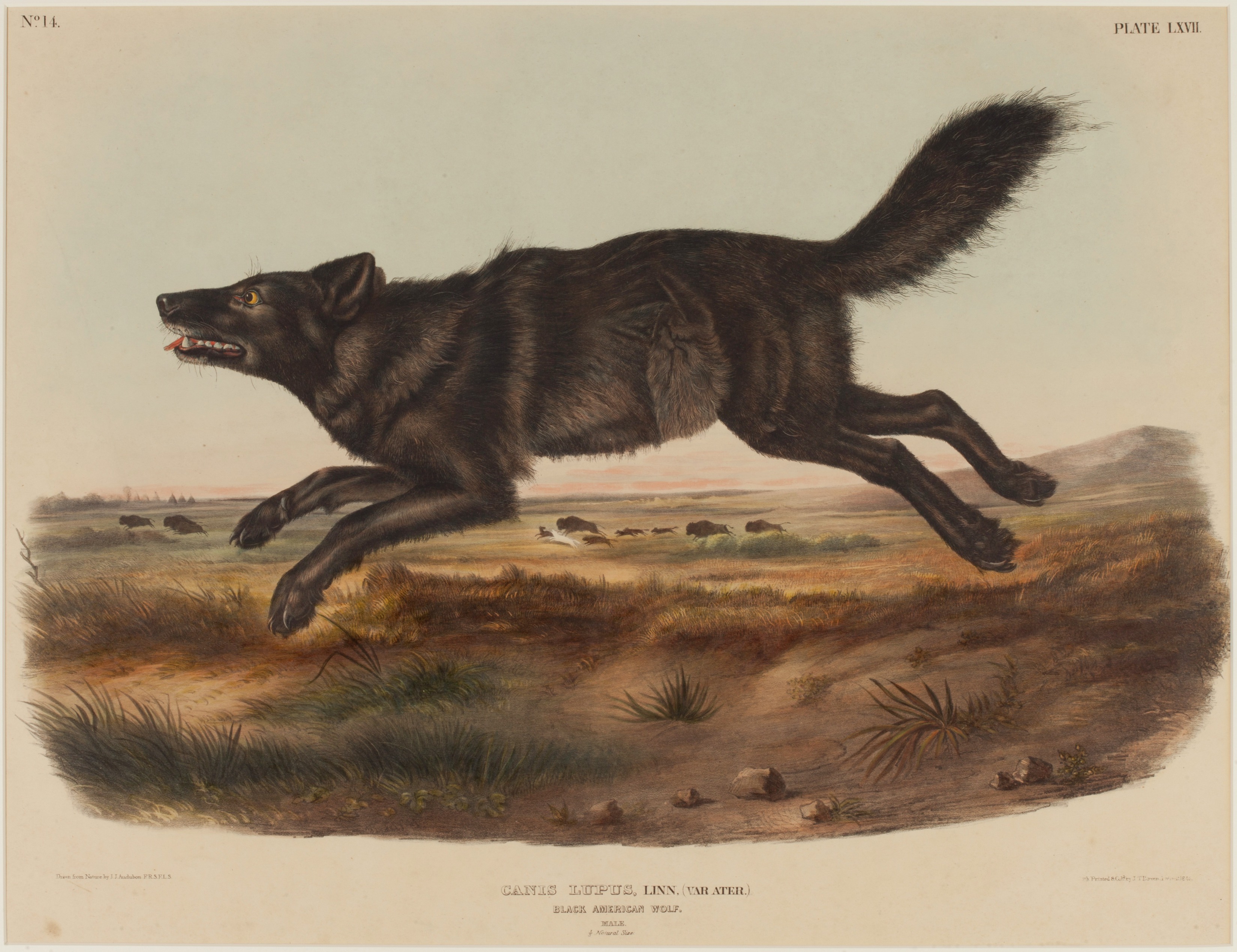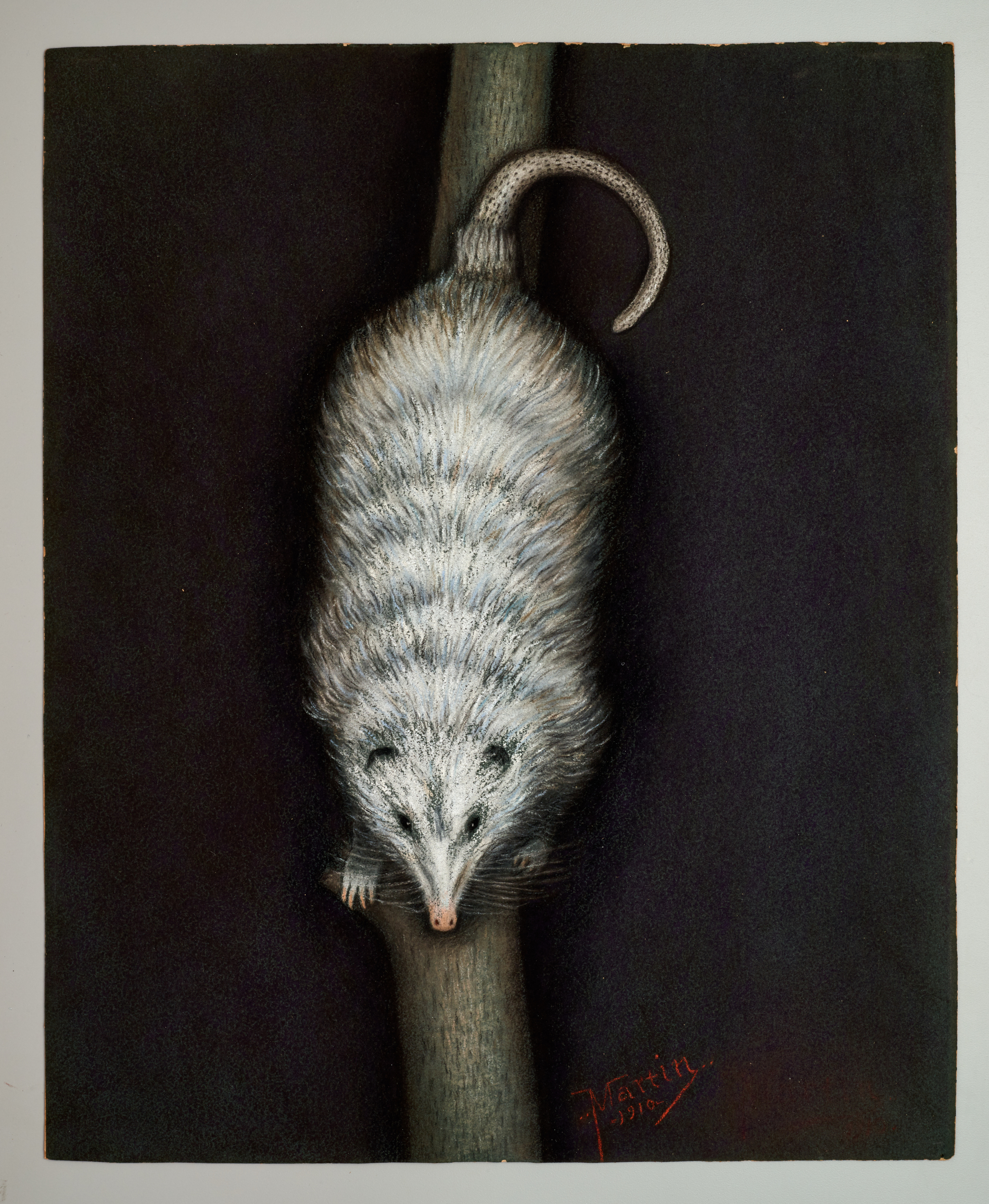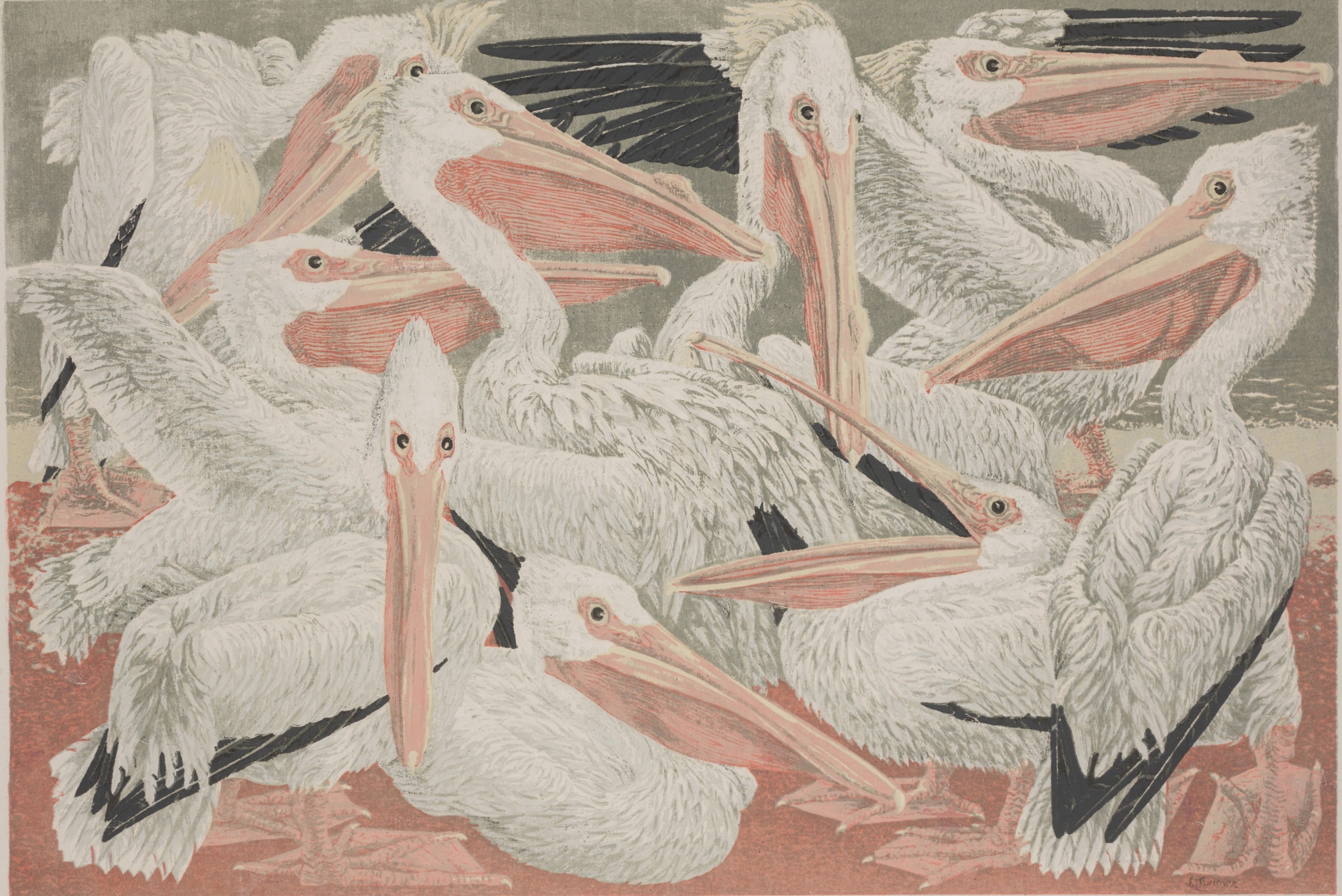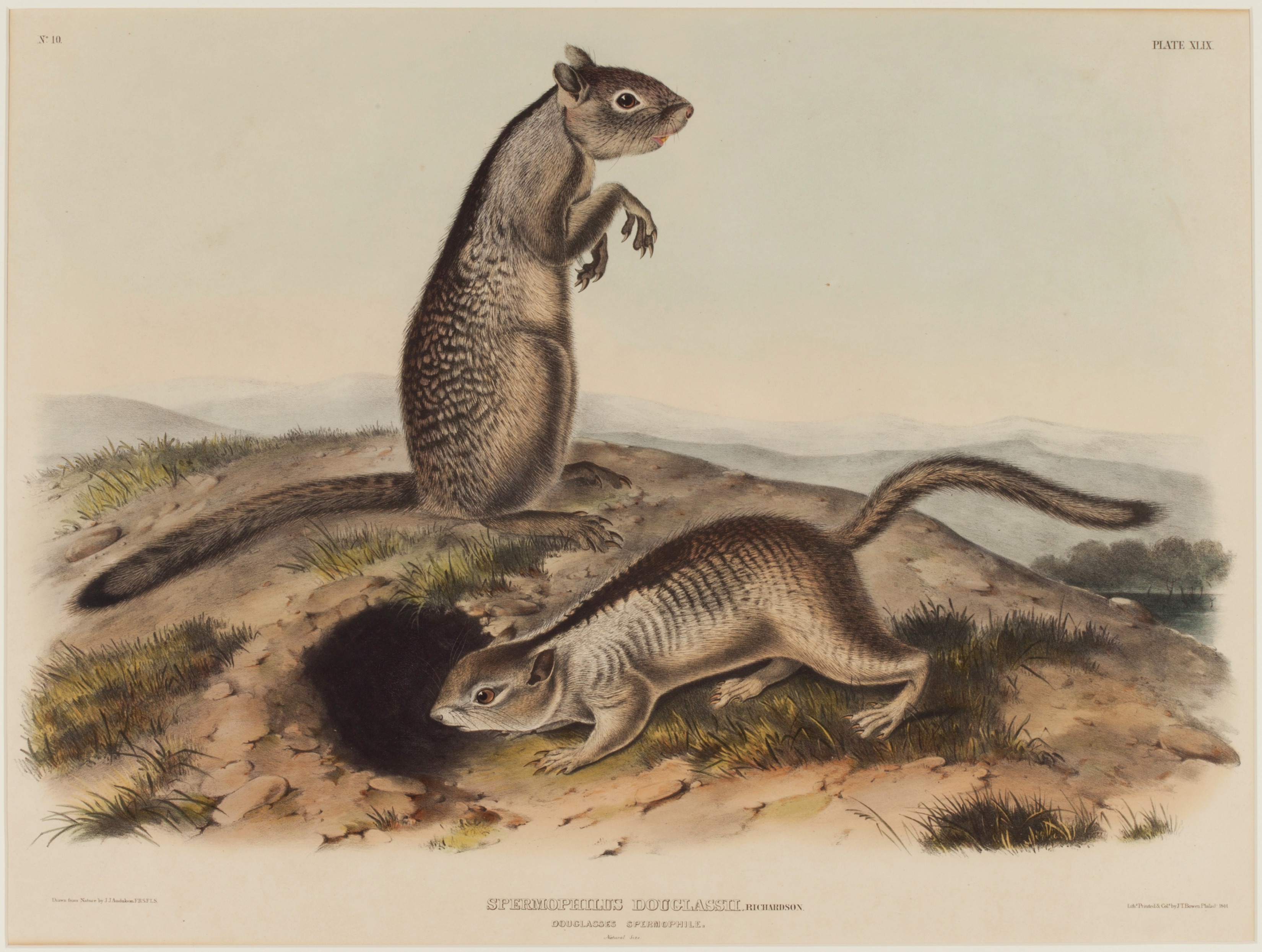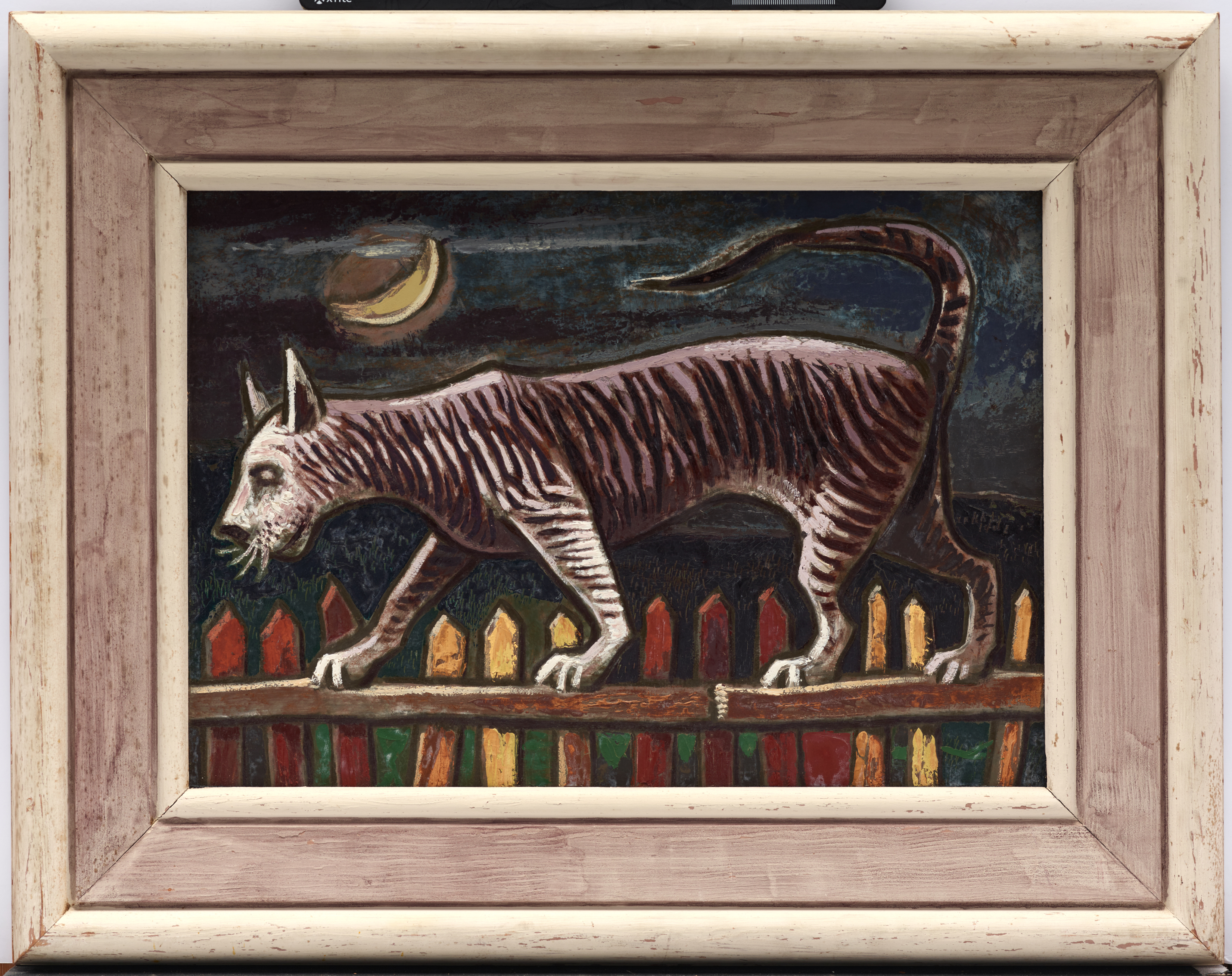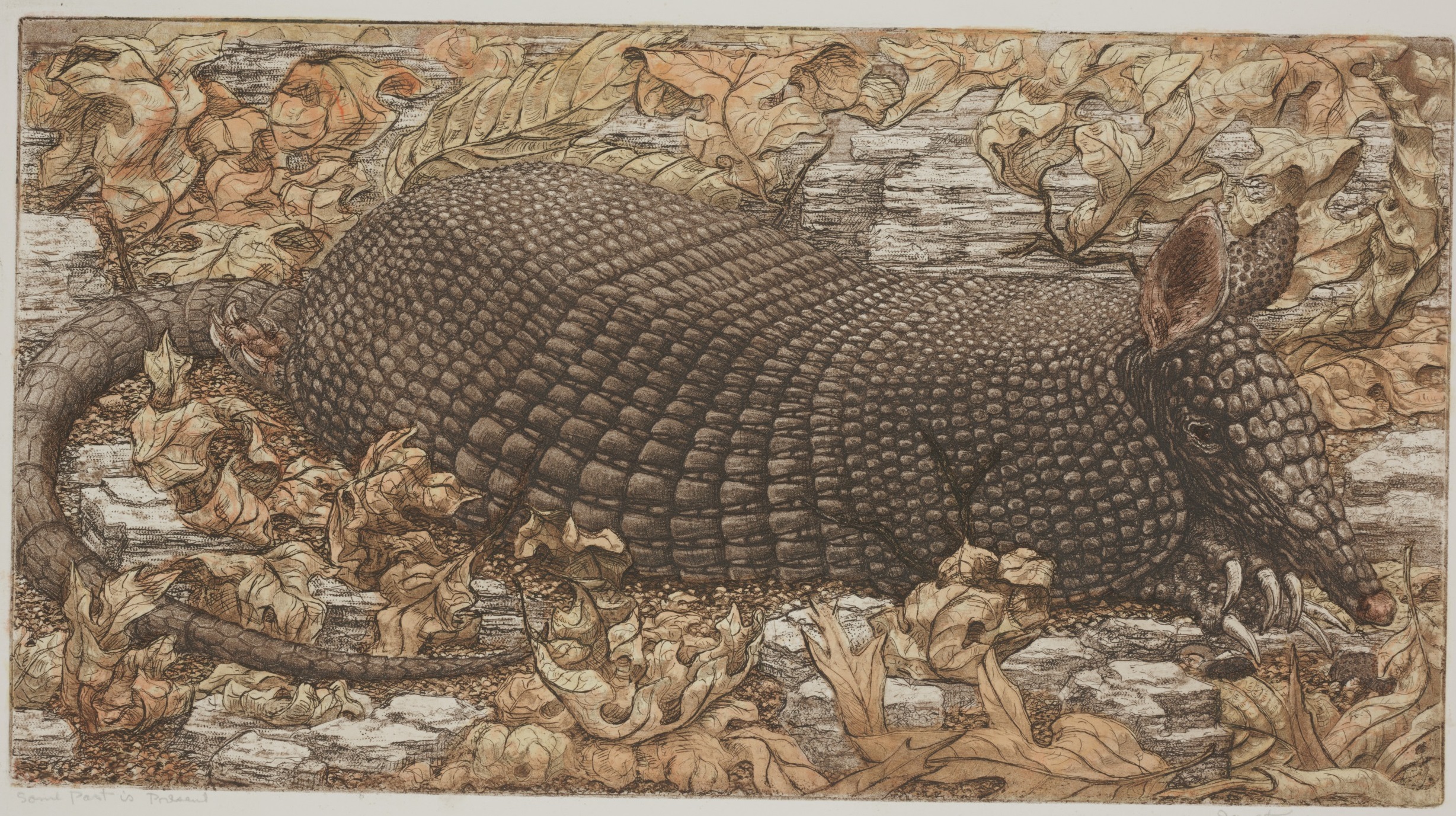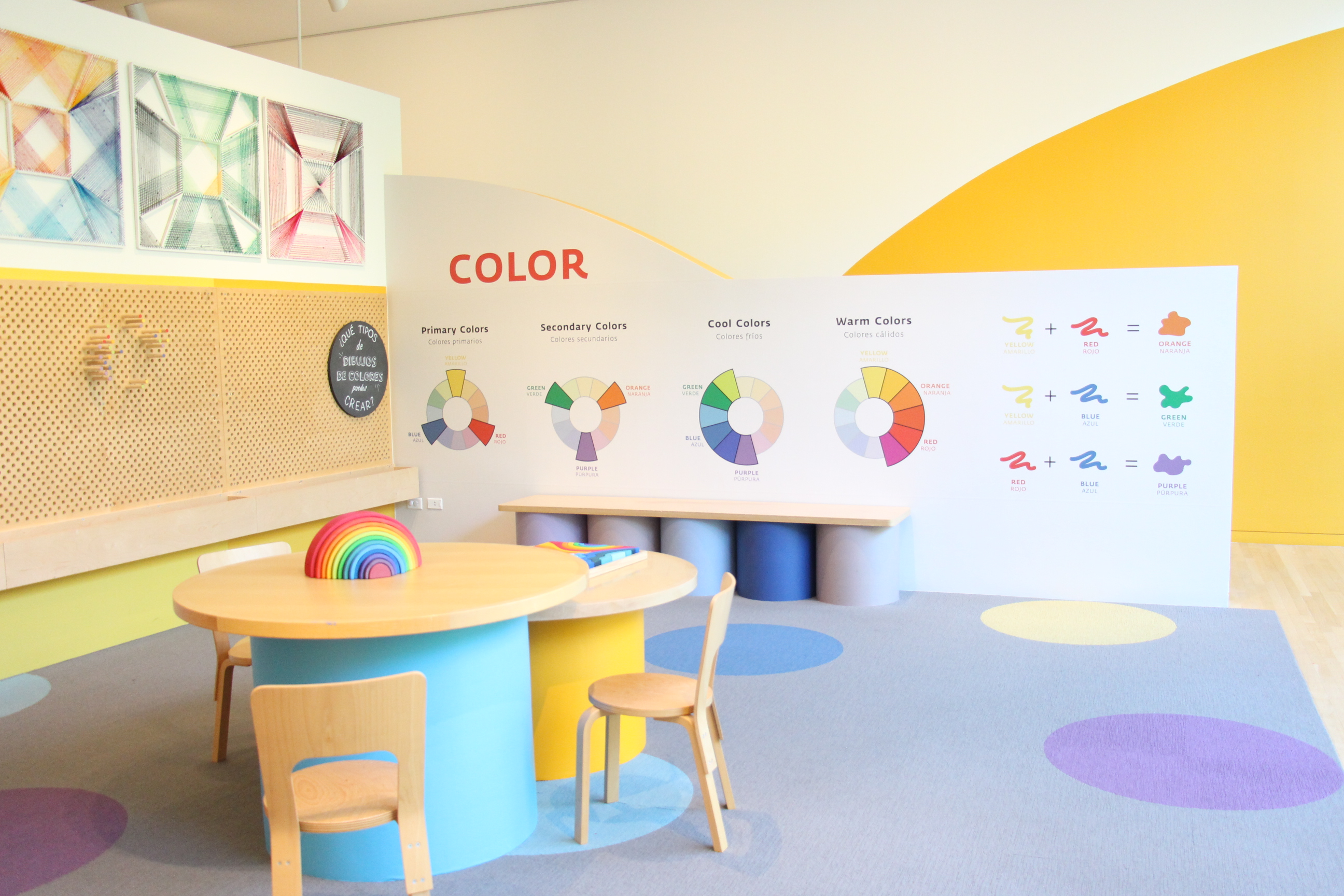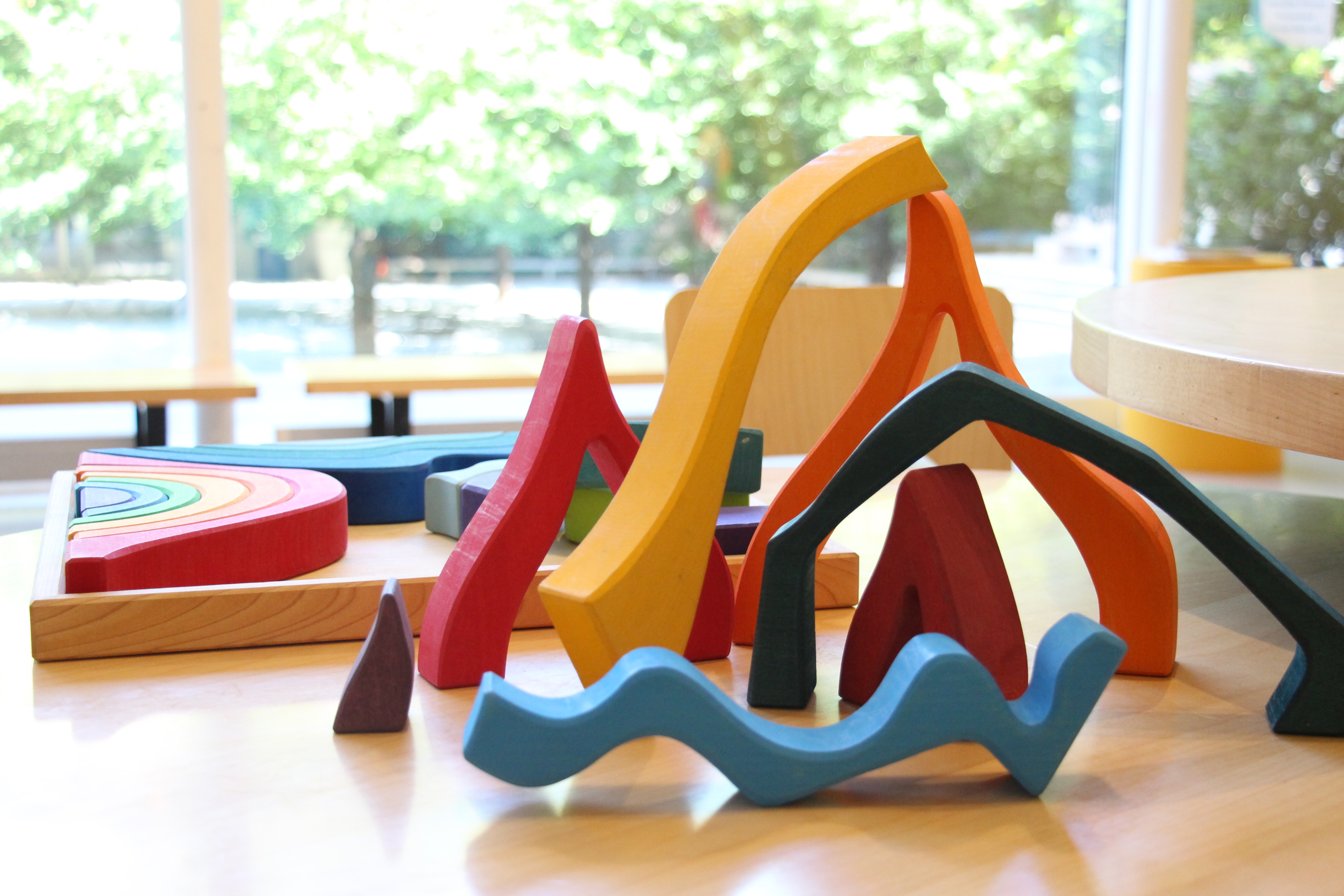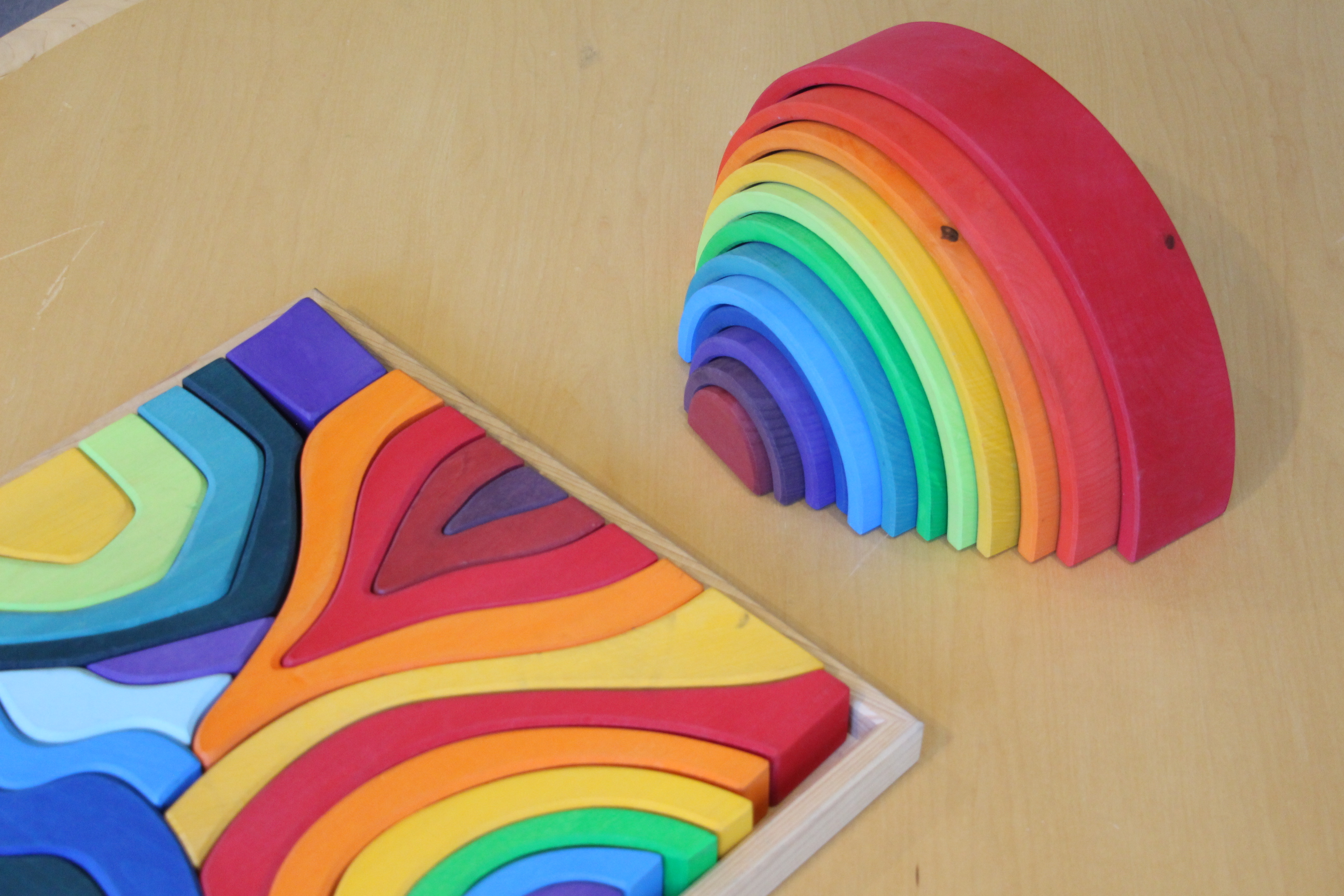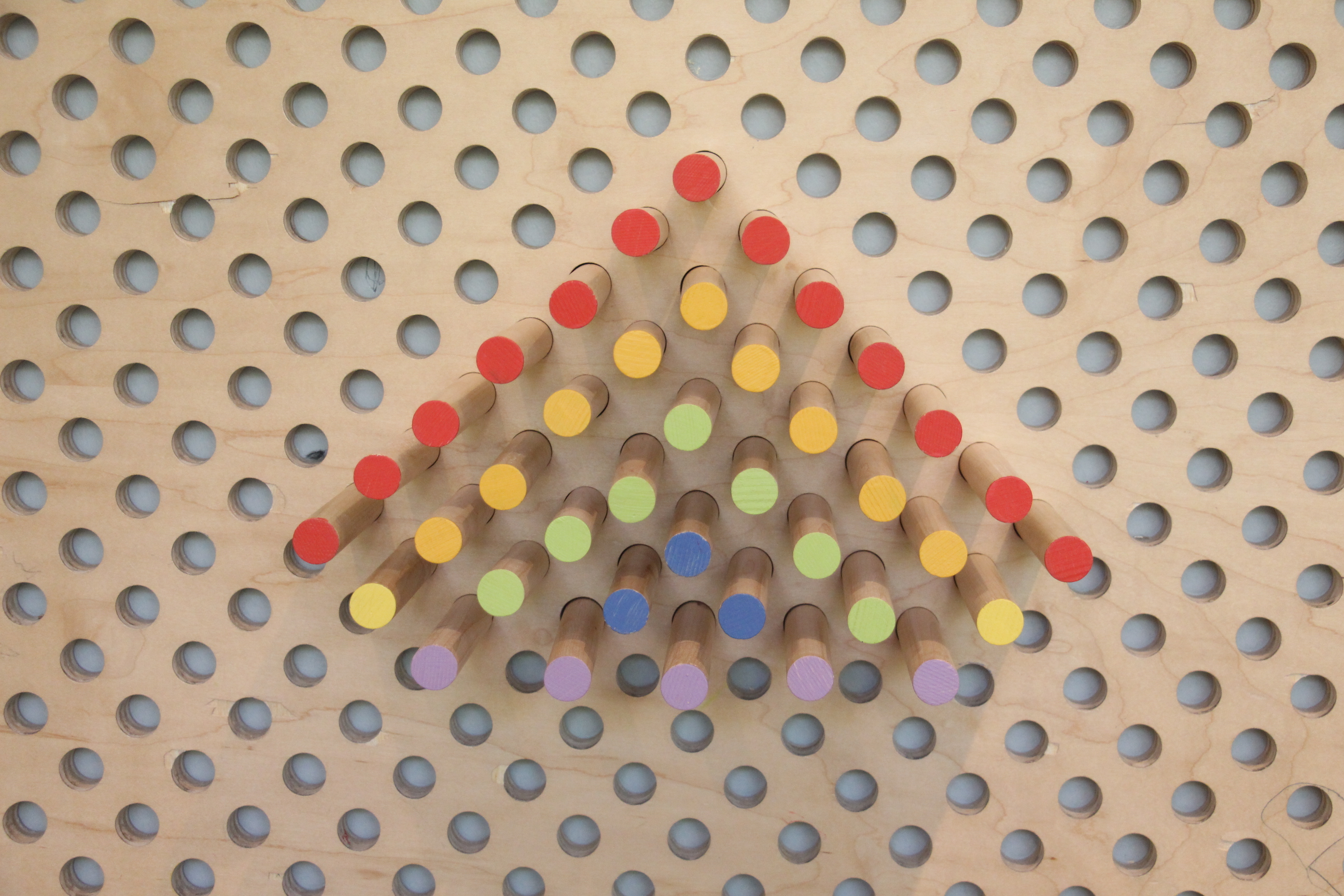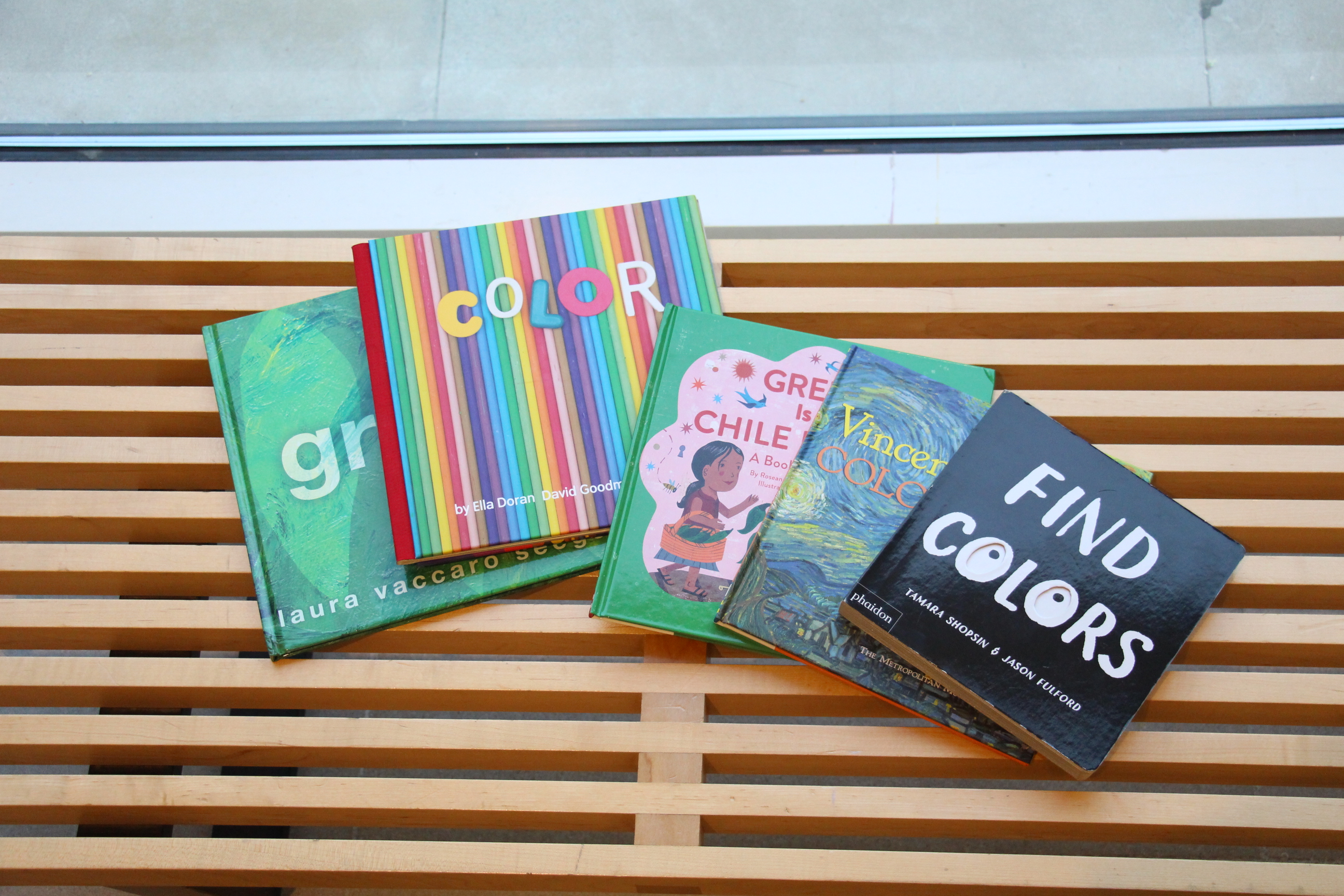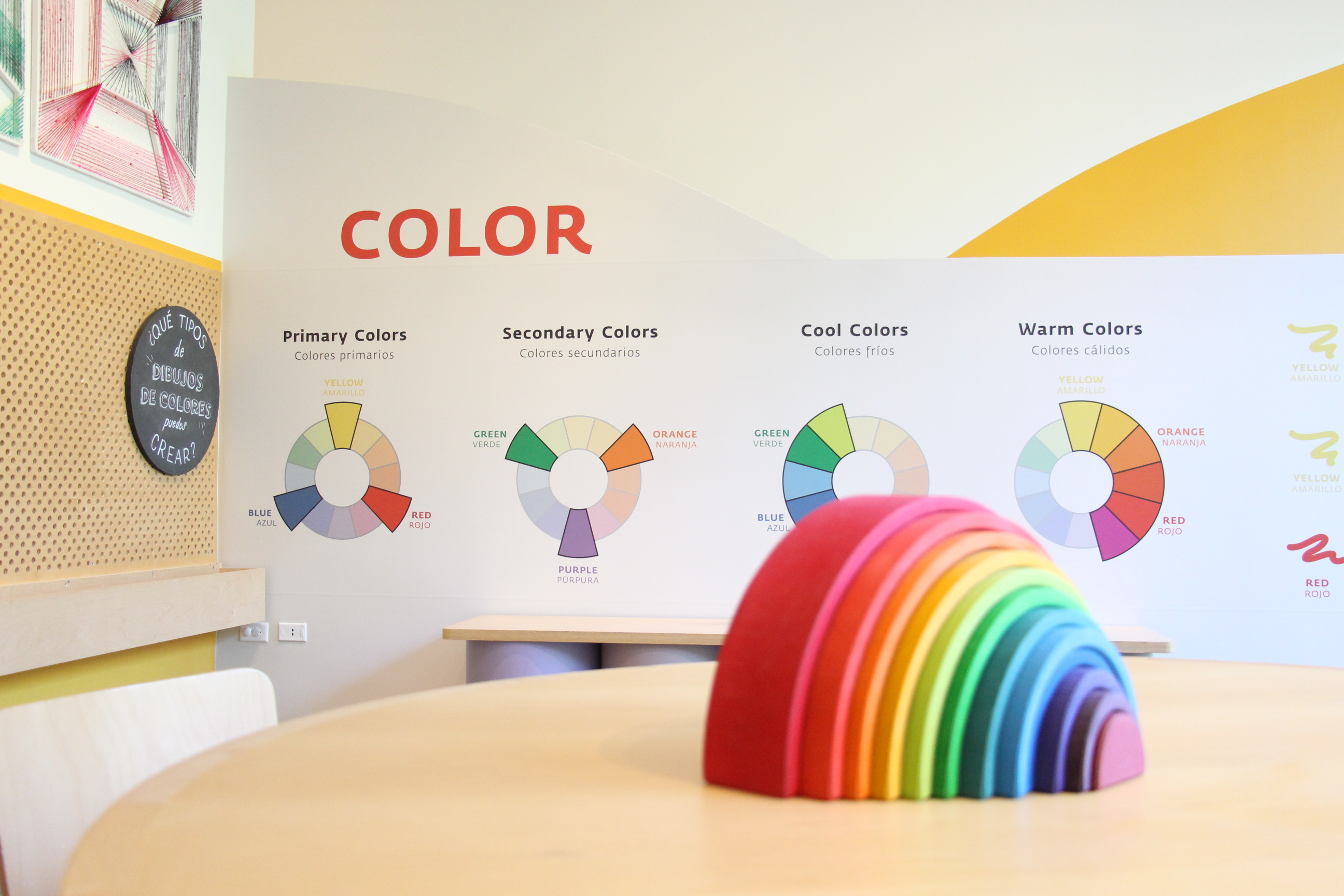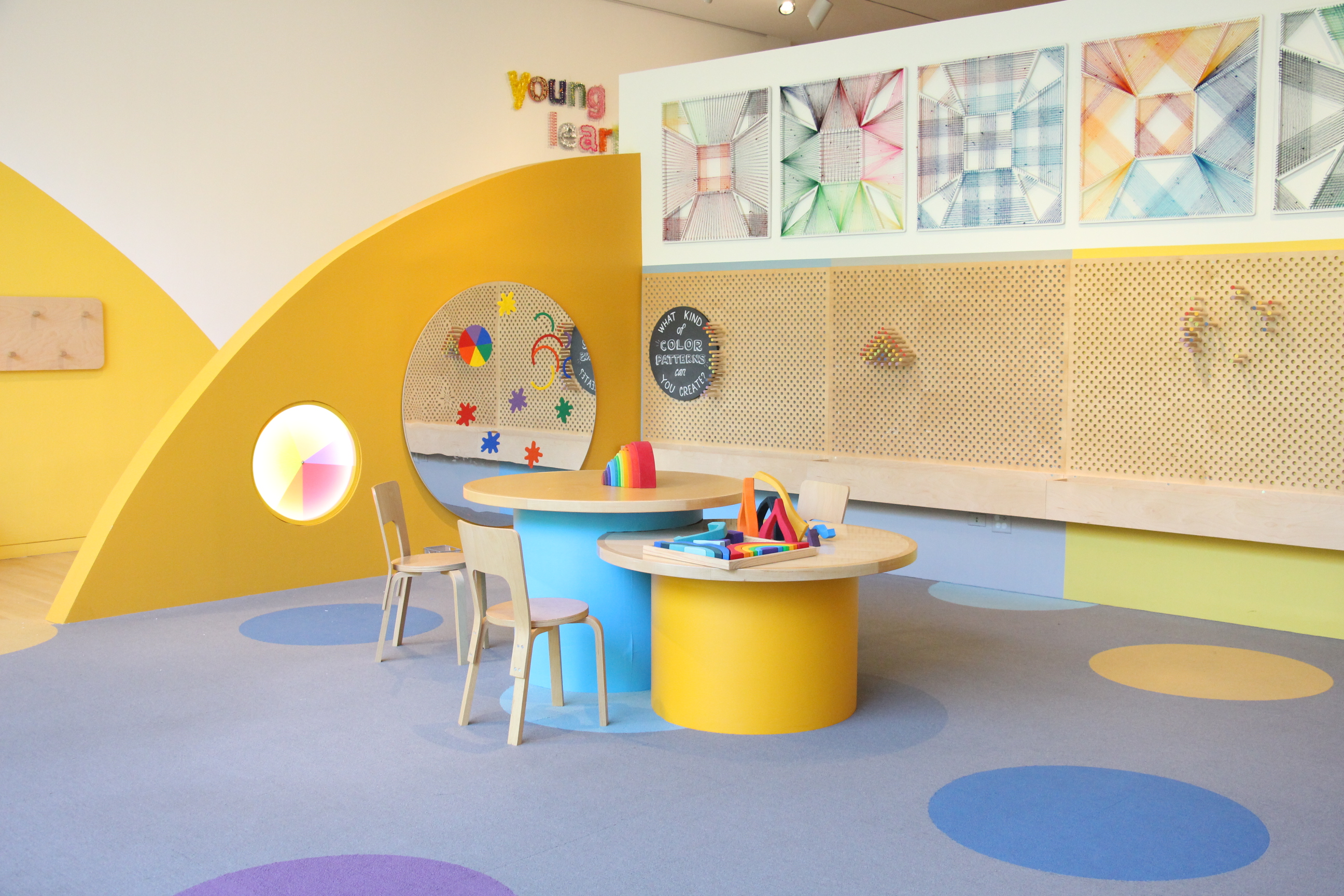Throughout the summer, the Quadrant Galleries on Level 1 will feature two exhibitions drawn from the Contemporary art collection: Soft Focus and Body Ego. Four of the artists included in these installations call the DFW area home, and each Saturday in July at 3:00 p.m. one of the artists will give a free talk about the work she has on view. Last week Denton-based artist Annette Lawrence joined us to speak about her fascinating Free Paper series and how she uses drawing, collecting, and data to create objects that measure the passage of time.
This week, we’ll hear from photographer Debora Hunter, followed by artists Linda Ridgway and Frances Bagley later this month. Before they arrive, we had some burning questions for these artists about their lives and their work. Here’s what they had to say:
Debora Hunter
Hunter is a Dallas-based photographer and Professor Emerita of Art at Southern Methodist University. In 2016 she was the honoree of the Dallas Art Fair. Aside from the DMA’s collection, Hunter’s work is included in the permanent collections of the Art Institute of Chicago, High Museum of Art, Corcoran Museum of Art, Museum of Fine Arts, Houston, Amon Carter Museum of American Art, Yale University Art Museum, University of New Mexico Museum, Wesleyan University Art Museum, Rhode Island School of Design Art Museum, Creative Photography Laboratory of Massachusetts Institute of Technology, Louisiana Art and Science Center, and Dallas Area Rapid Transit.
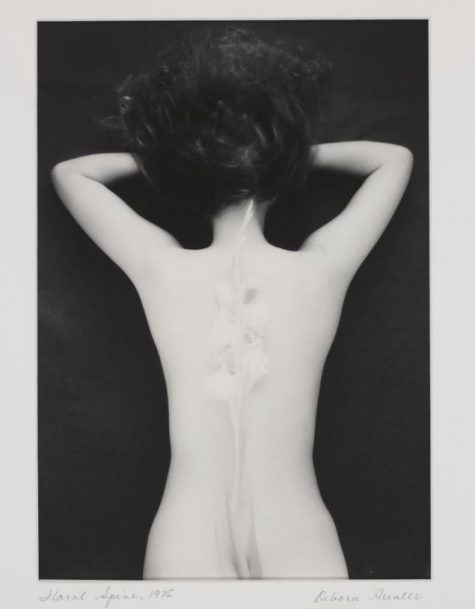
Debora Hunter, Floral Spine, 1975, photograph, Dallas Museum of Art, Polaroid Foundation grant, 1976.79, © Debora Hunter
Learn more about Hunter’s photograph Floral Spine in the online collection.
If you could take one work of art from the DMA home, what would it be?
What fun to sleep in the Gothic revival bedstead from Rosedown Plantation.
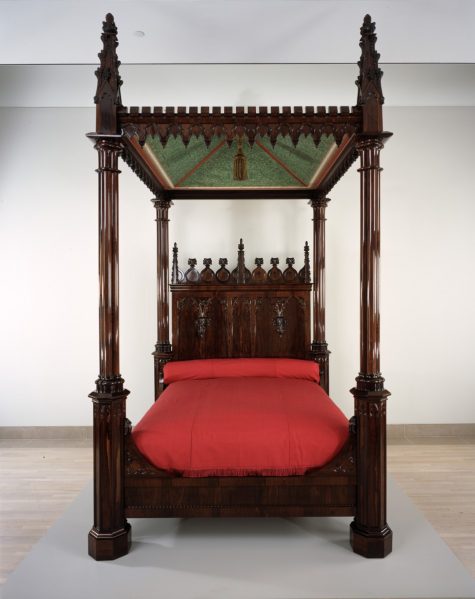
Bed, Crawford Riddell (maker), 1844, Brazilian rosewood, tulip poplar, and yellow pine, Dallas Museum of Art, gift of three anonymous donors, Friends of the Decorative Arts Fund, General Acquisitions Fund, Discretionary Decorative Arts Fund, and the Boshell Family Foundation., 2000.324
What was the first subject you loved to photograph?
The backs of people gazing out to sea.
If you could have coffee with a photographer from the past, who would it be?
Julia Margaret Cameron (1815-1879)—since she is English she would probably want tea.
What do you love most about teaching?
Retiring! (only joking). Actually, working with young people as they discover their interests and talents.
Any advice for young artists out there?
Listen carefully to your inner voice and then work really hard.
What is something you are looking forward to?
“Emerita,” a retrospective exhibition of forty years of my work at SMU’s Pollock Gallery opening September 7, 2018.
Film or digital?
Yes!
Last book you read?
Cake, a very fun cookbook of cake recipes with stories and illustrations by Maira Kalman.
If you hadn’t become an artist, what career would you have chosen?
Film editor or architect.
Where do you feel inspired around Dallas?
The weird Valley View Mall and the Santa Fe Trestle Trail, for different reasons.
Linda Ridgway
Ridgway is a Dallas-based printmaker and sculptor working primarily in bronze. Her work has been the subject of solo exhibitions around the country, most recently at Talley Dunn Gallery in Dallas, as well as group exhibitions at the Grace Museum and the Amon Carter Museum of American Art this year. Aside from the DMA’s collection, Ridgway’s work is in the permanent collections of the El Paso Museum of Art, Modern Art Museum of Fort Worth, Museum of Fine Arts, Houston, Phillips Collection, Weisman Collection, and AMOA Arthouse.
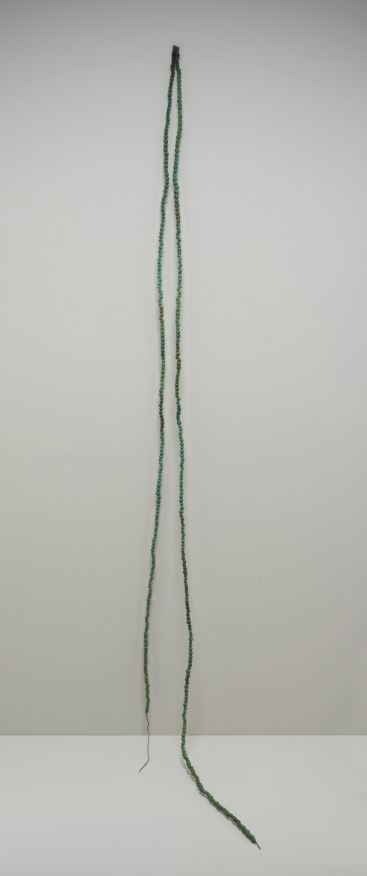
Linda Ridgway, Harvest Line, 1995, bronze, Dallas Museum of Art, gift of Nona and Richard Barrett and Mr. and Mrs. Bryant M. Hanley, Jr., 1996.190
Learn more about Ridgway’s sculpture Harvest Line in the online collection.
If you could take one work of art from the DMA home, what would it be?
If I could take only one piece, it would be Beginning of the World by Constantin Brancusi.
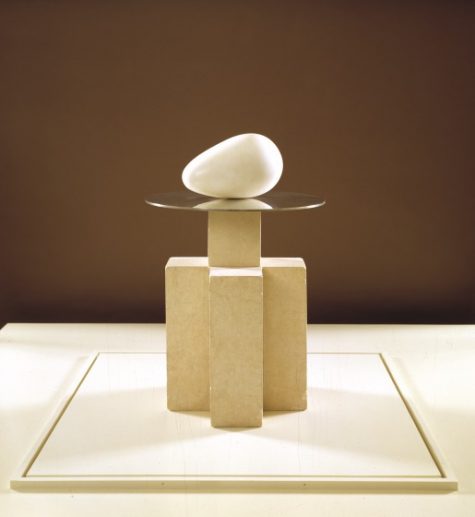
Constantin Brancusi, Beginning of the World, 1920, marble, nickel silver, and stone, Dallas Museum of Art, gift of Mr. and Mrs. James H. Clark, 1977.51.FA, © Artists Rights Society (ARS), New York / ADAGP, Paris
What is your favorite bit of nature around Dallas?
My favorite bit of nature is White Rock Lake.
What is your favorite poem?
Uses of Sorrow by Mary Oliver is my favorite poem at the moment.
Any advice for young artists out there?
There is a lot of advice you can give to a young artist, but the most valuable lesson is hard work and to never give up.
What is something you are looking forward to?
Having a bigger studio space to create more work.
What was the last thing you looked up on Wikipedia?
I don’t use Wikipedia, but I do use my smartphone to look up things. Recently, I looked up images by John Singer Sargent, because of a book I am now reading.
How long have you been drawing?
I started drawing as a child, but at the age of 13 I made the decision to become an artist.
Do you listen to music while you are working?
I listen to the classical station.
If you hadn’t become an artist, what career would you have chosen?
A biologist.
What are some words that you live by?
Everything will be okay.
Frances Bagley
Bagley is a Dallas-based sculptor and installation artist. Among numerous public art projects, and both Texas and national exhibitions, her work is included in the permanent collections of American Airlines, the National Museum of Women in the Arts, the El Paso Museum of Art, Pepsi-Co, UT Arlington, and Southwestern Bell. Bagley is the recipient of multiple awards, including the Moss Chumley Award in 2011, the 10th Kajima Sculpture Exhibition in Tokyo in 2008, and the Jurors Award for the Texas Biennial in 2007.
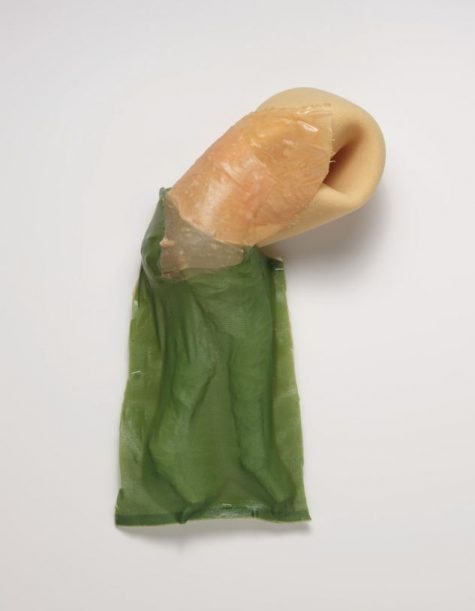
Frances Bagley, Tiny Dancer, 2008, mixed media, Dallas Museum of Art, Charron and Peter Denker Contemporary Texas Art Fund, 2009.23, © Frances Bagley
Learn more about Bagley’s sculpture Tiny Dancer in the online collection.
If you could take one work of art from the DMA home, what would it be?
Isa Genzken’s sculpture Door (Tür).
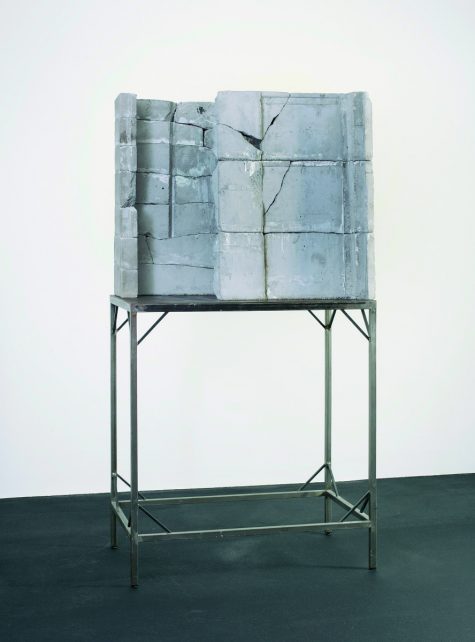
Isa Genzken, Door (Tür), 1988, concrete and steel, Dallas Museum of Art, gift of The Rachofsky Collection and purchase through the TWO x TWO for AIDS and Art Fund, 2006.46, © Isa Genzken
What was the last thing you looked up on Wikipedia?
Billy Bob Thornton’s background.
What are some words that you live by?
“Tell the Truth.”
Any advice for young artists out there?
Becoming an artist is not a career choice. You should only do it if you have to and won’t be happy with any other choice.
What is something you are looking forward to?
Going to Maine this summer for Barry Whistler’s birthday party.
Favorite place you have traveled?
Tunisia.
Last book you read?
Buddha Mind in Contemporary Art, edited by Jacquelynn Baas and Mary Jane Jacob.
If you hadn’t become an artist, what career would you have chosen?
See my answer to question #4. No other choice would have made me happy.
What is a daily ritual that you have?
Discussing the world with Tom Orr while having coffee every morning.
What material are you interested in working with next?
Oil paint.
What questions do you have for the artists? Drop by each Saturday to spend time with them in the galleries and learn about their creative process firsthand.
Jessie Carrillo is Manager of Adult Programs at the Dallas Museum of Art.
 “Laura Owens is an amazing artist; prior to my venture I hadn’t heard of her. But now, I am a fan.” –@_.mickelodeon._
“Laura Owens is an amazing artist; prior to my venture I hadn’t heard of her. But now, I am a fan.” –@_.mickelodeon._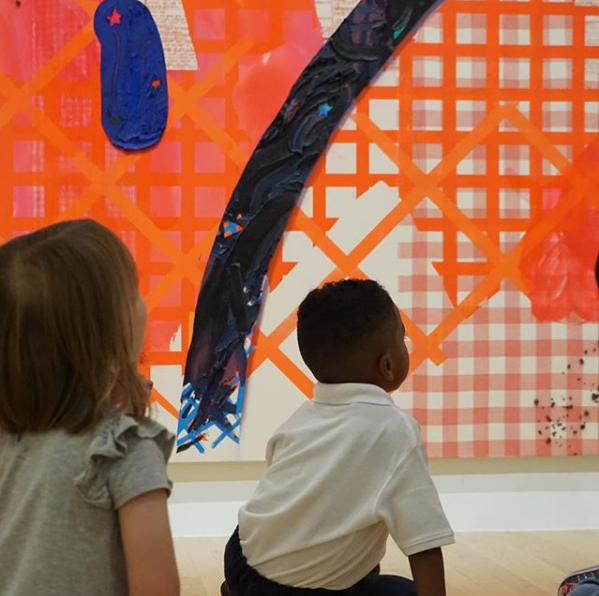 “Her work is LOUD, quirky, silly, dimensional, full of layers!” –@in_dfwfamily
“Her work is LOUD, quirky, silly, dimensional, full of layers!” –@in_dfwfamily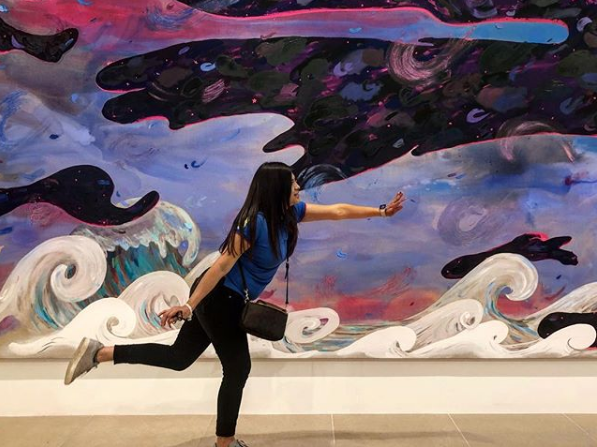 “Exhibición de Laura Owens está llena de color y amor” –@edithvm
“Exhibición de Laura Owens está llena de color y amor” –@edithvm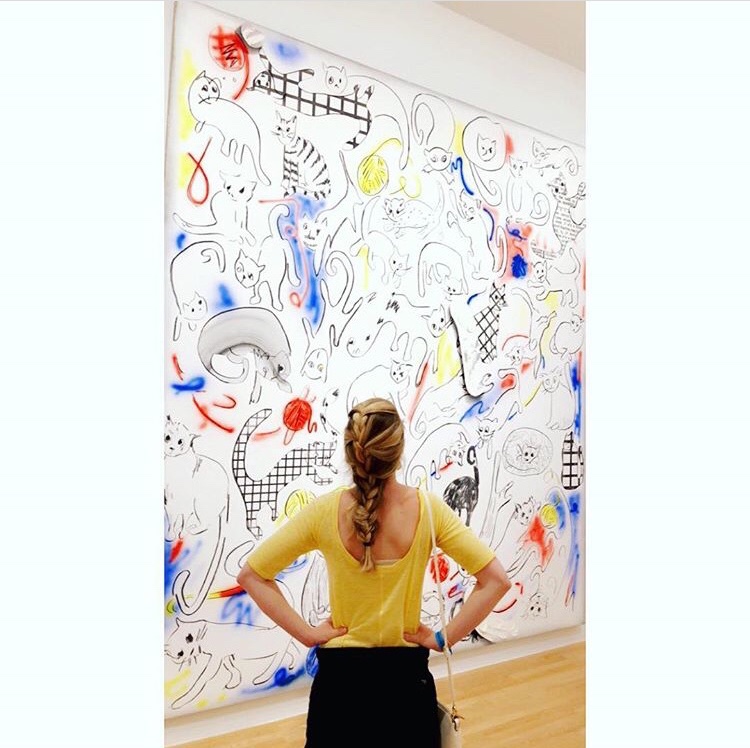 “This painting really cat-ures my spirit.” –@kmeansbusinezz
“This painting really cat-ures my spirit.” –@kmeansbusinezz